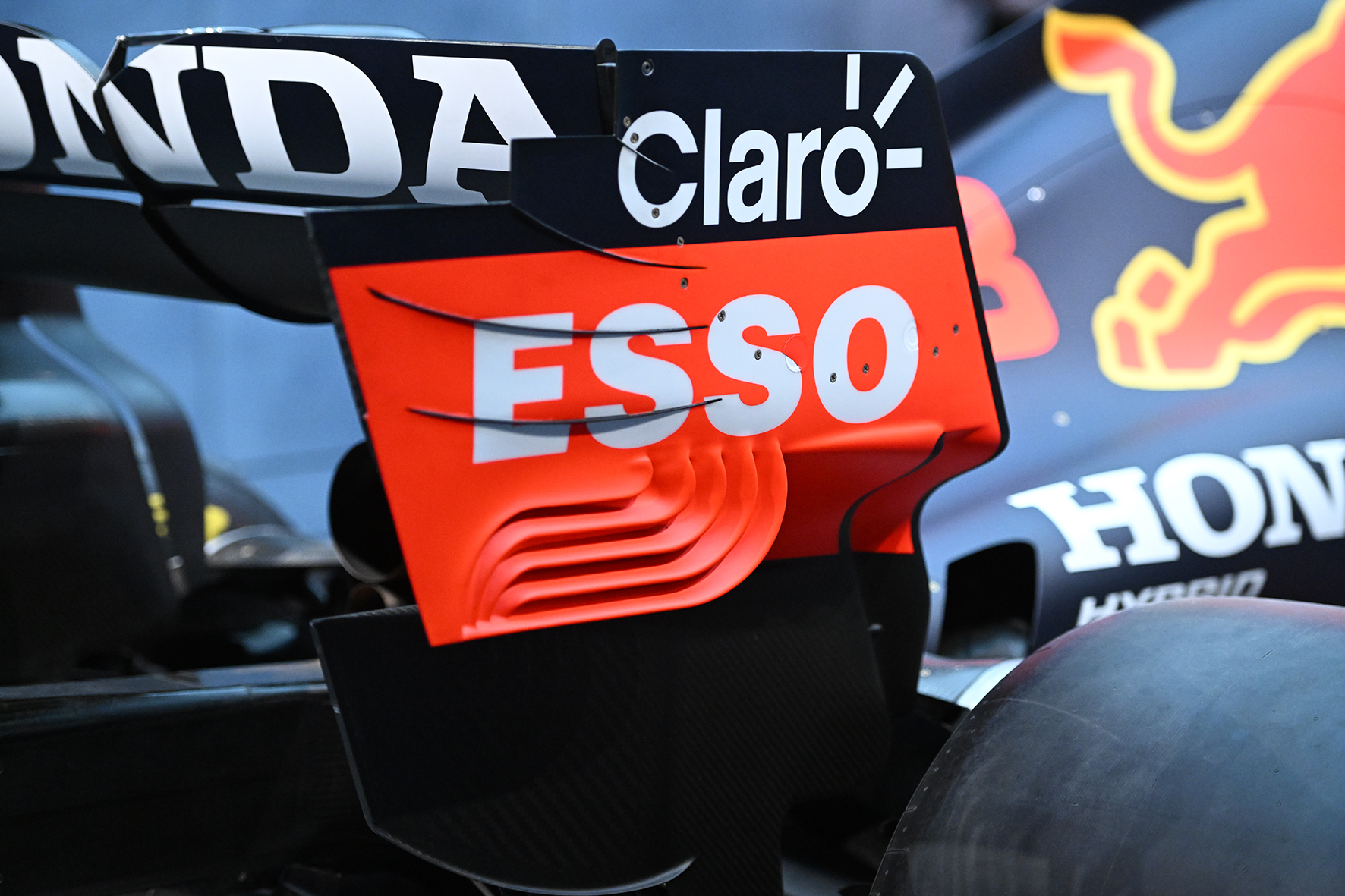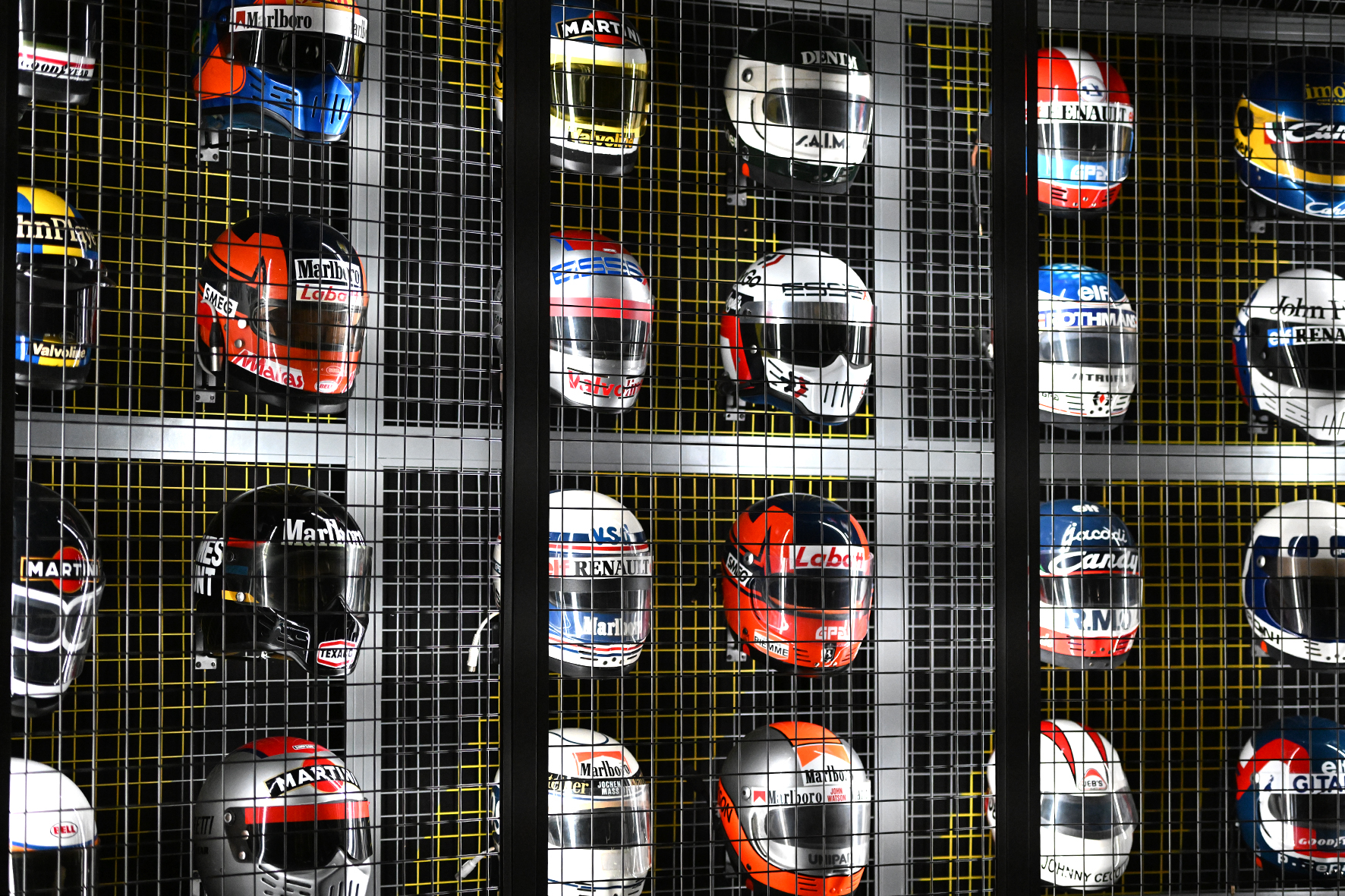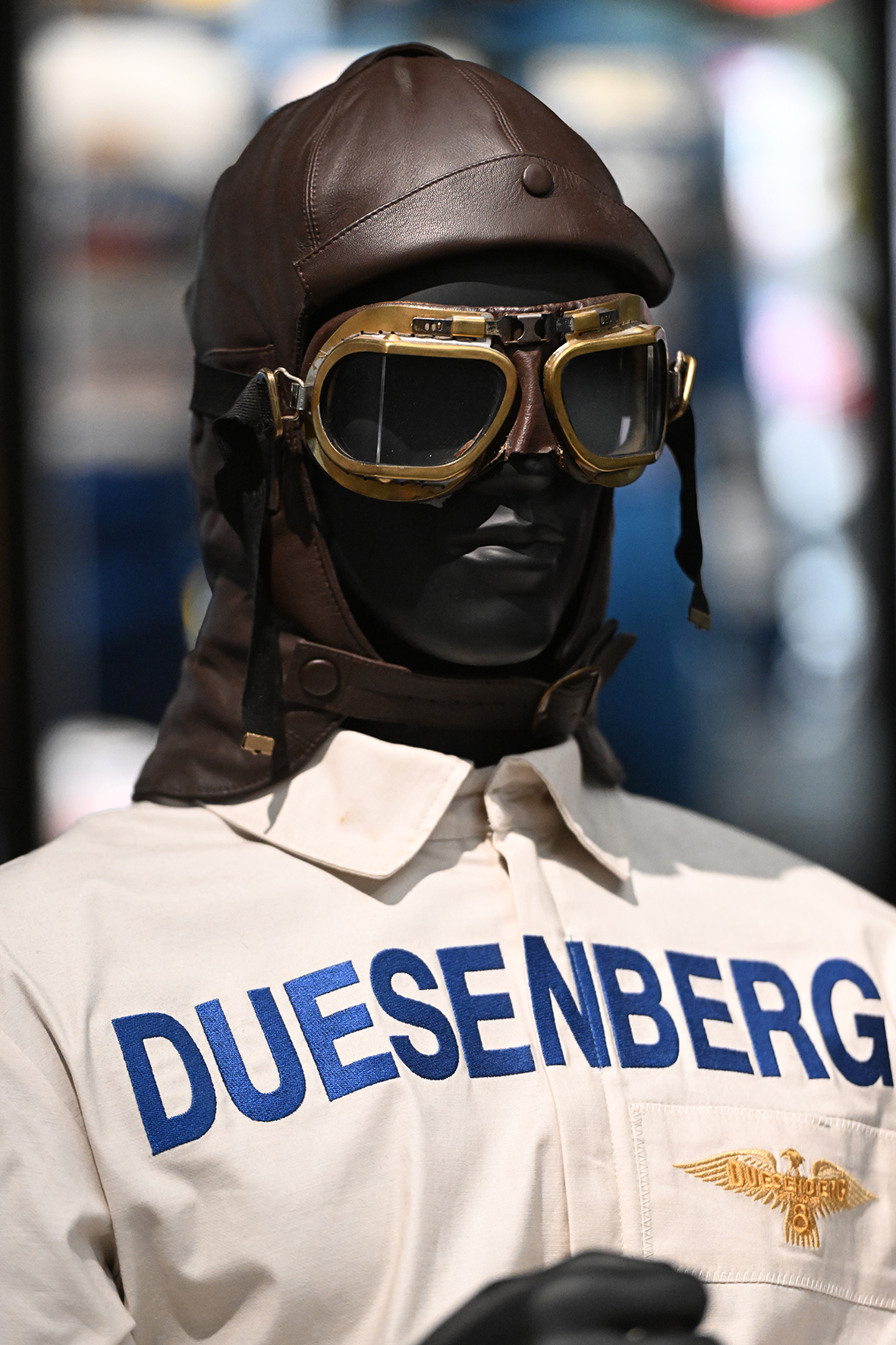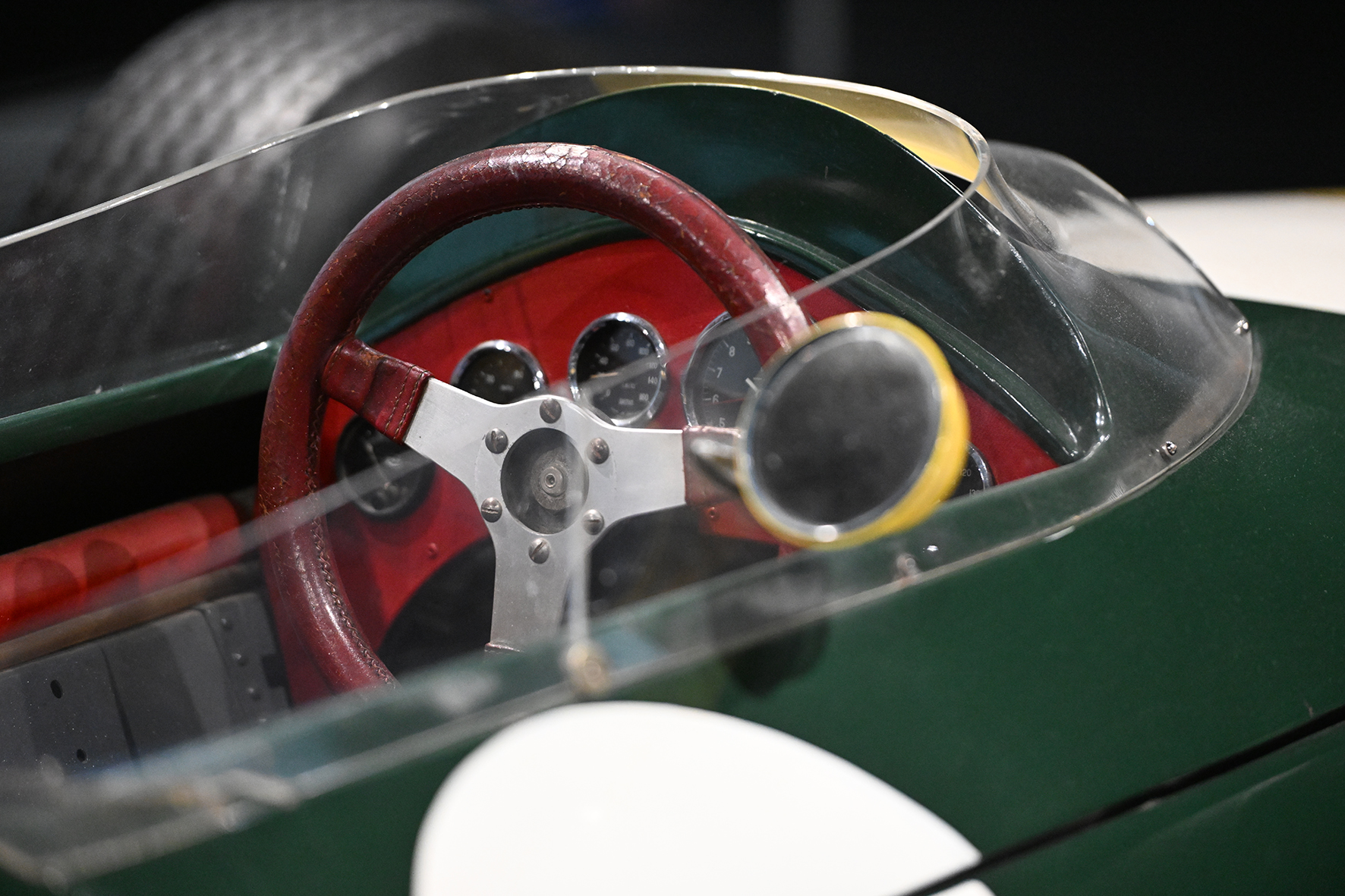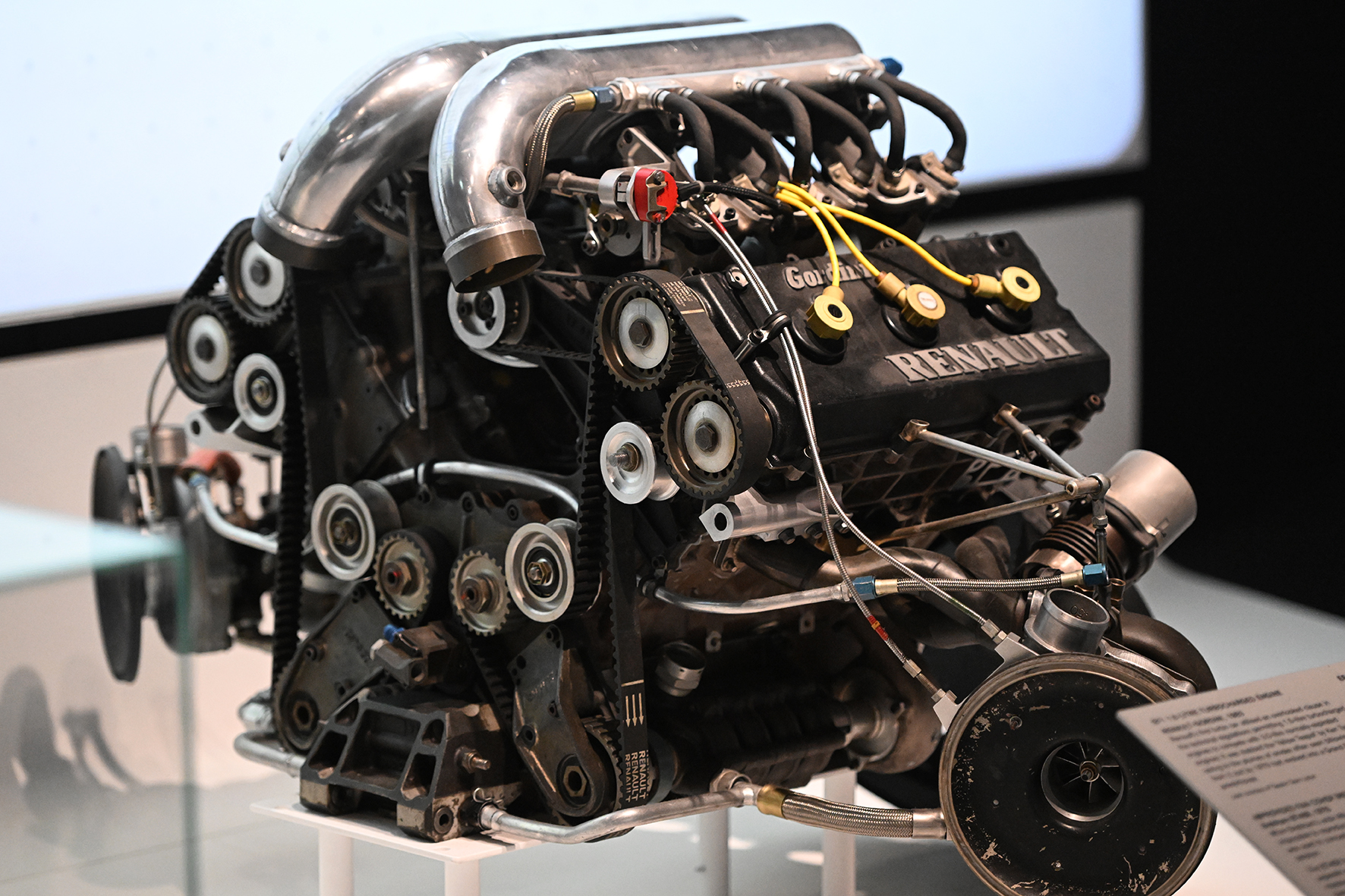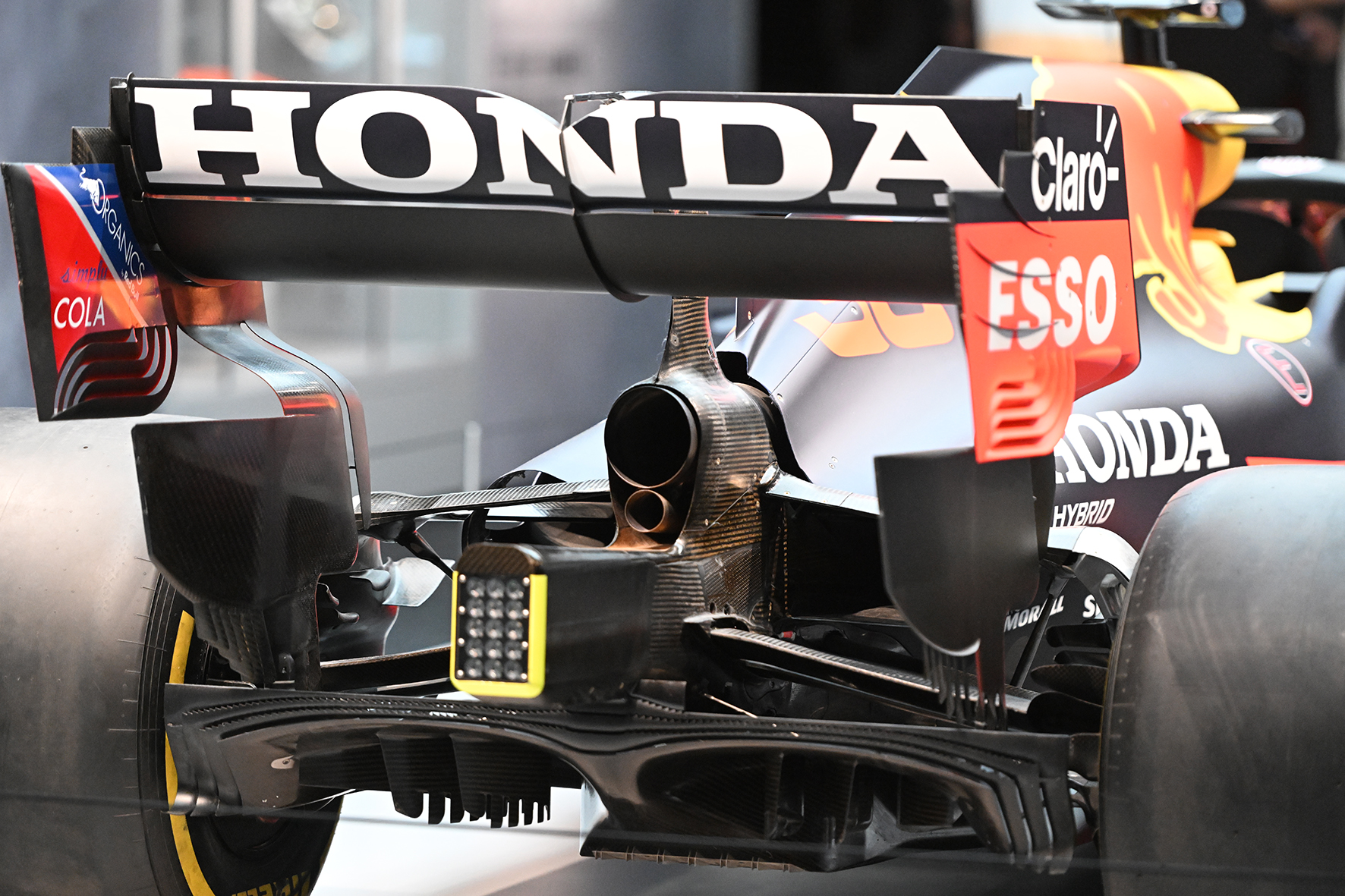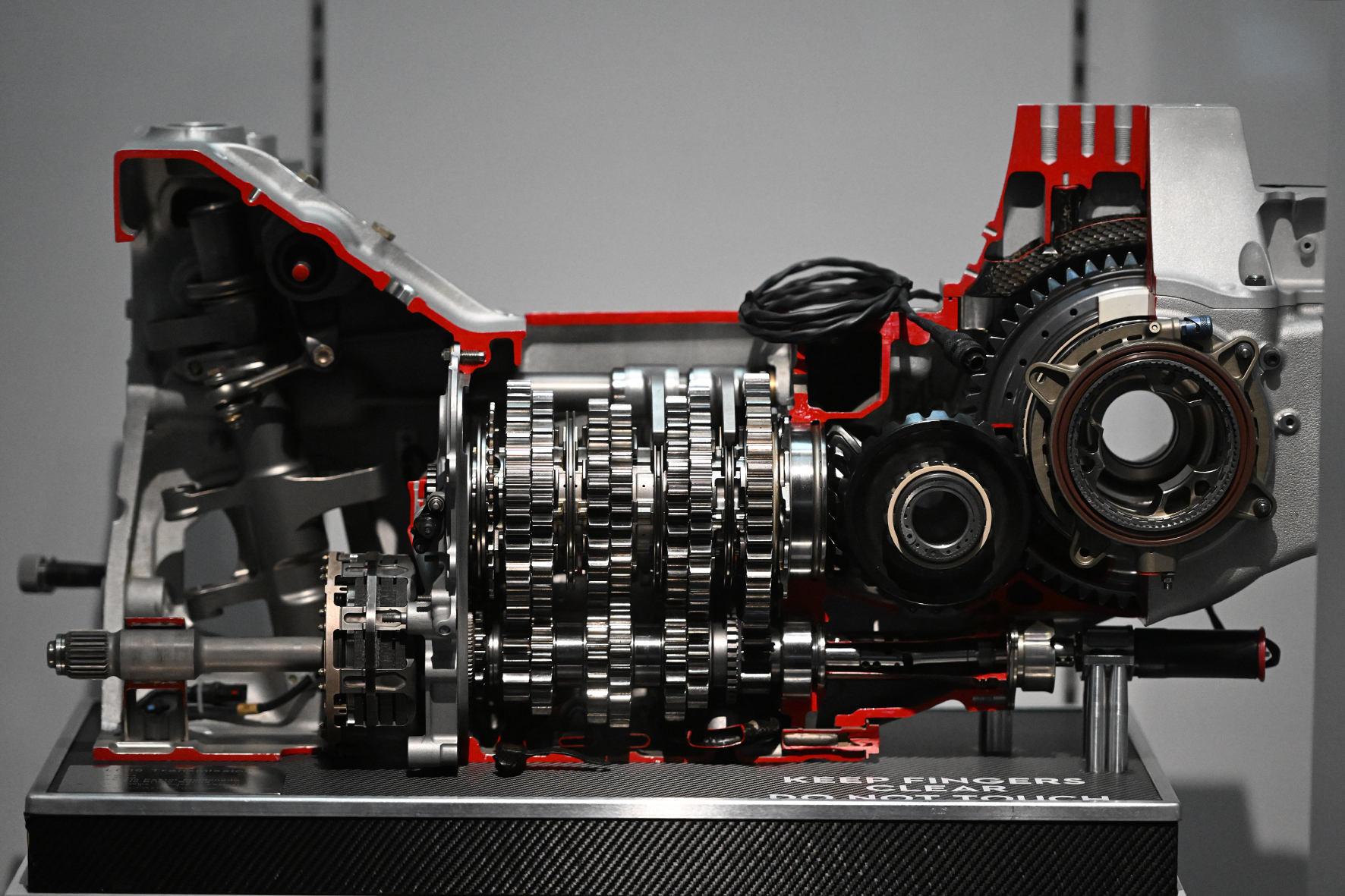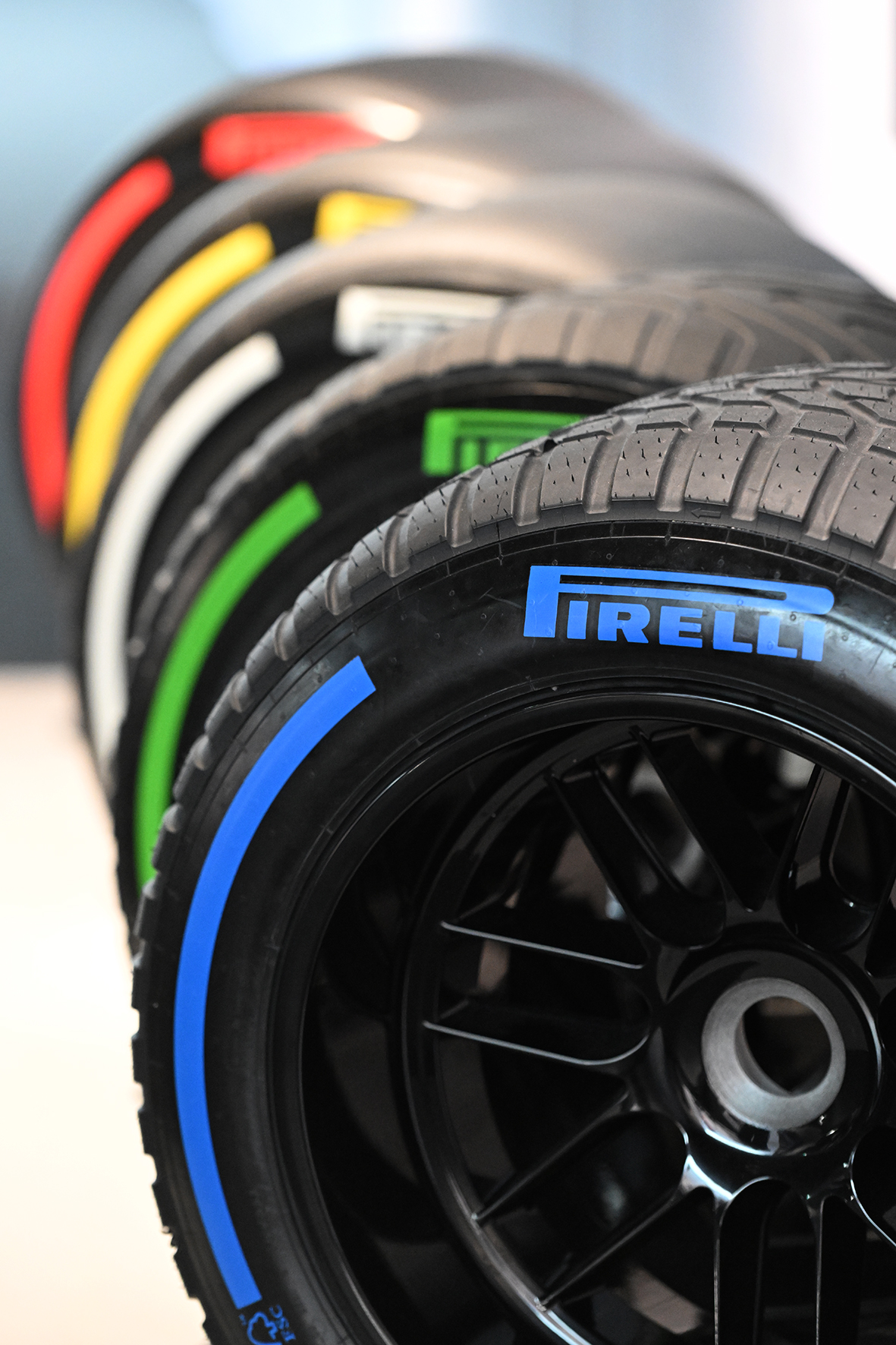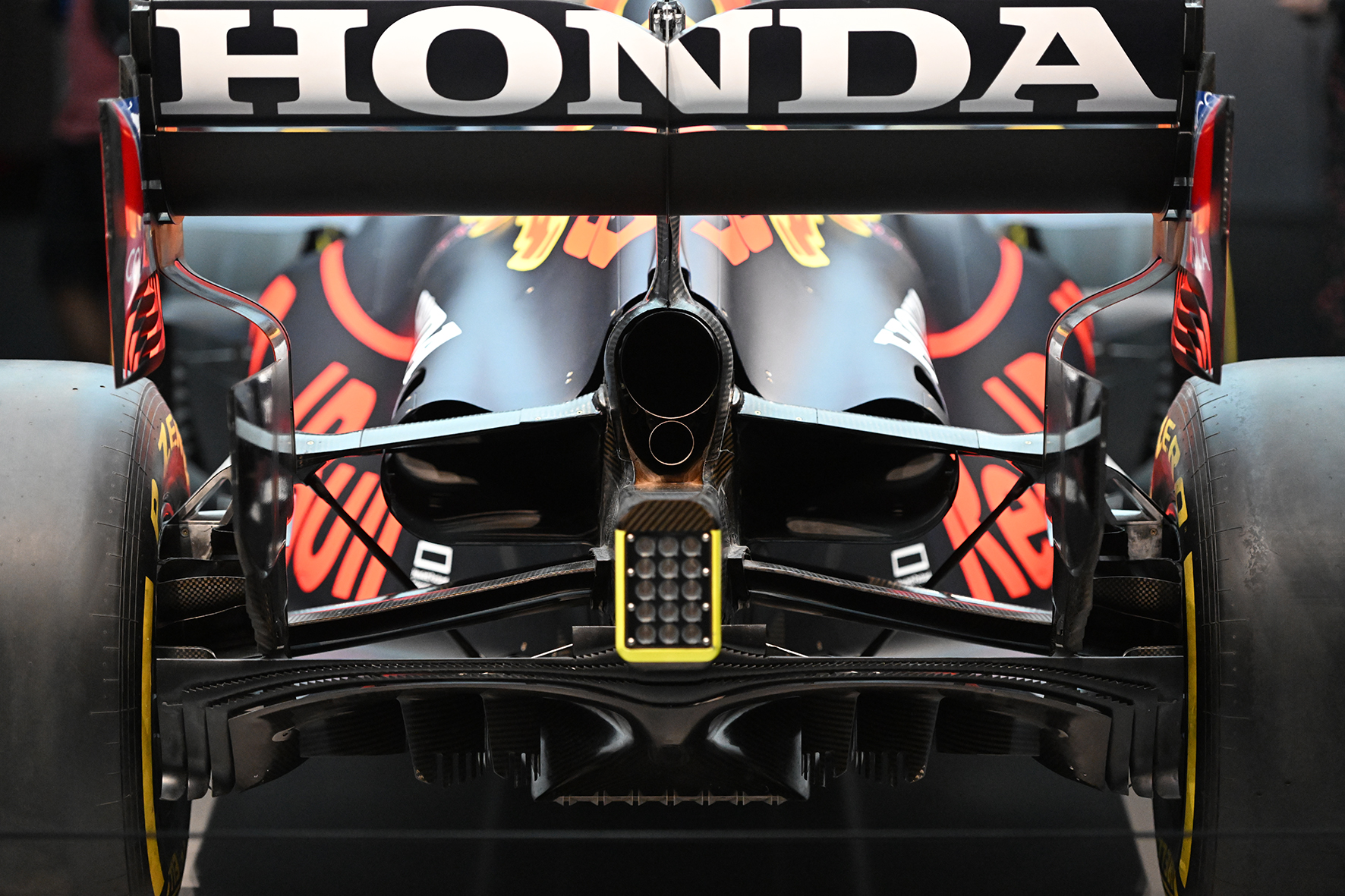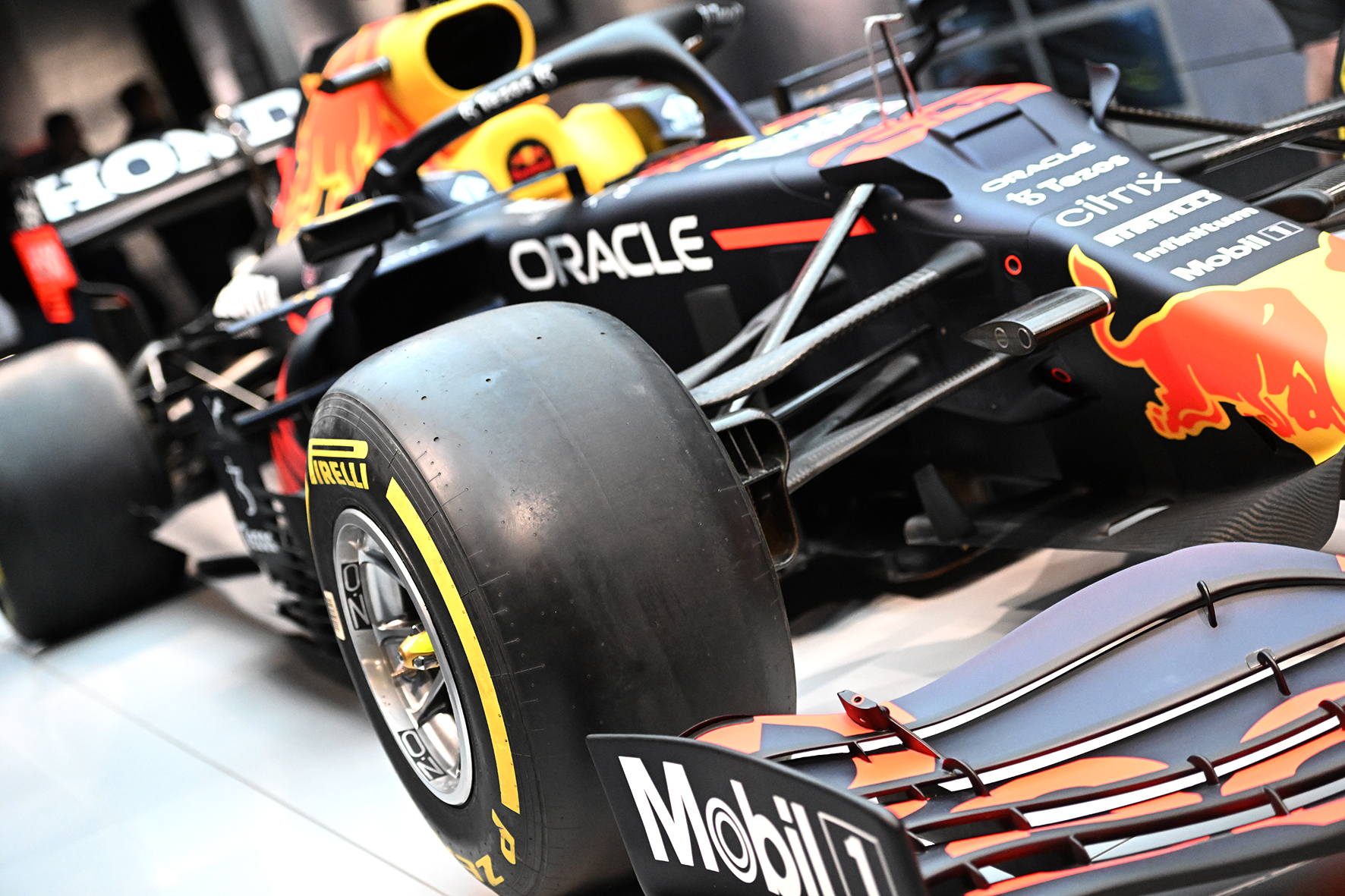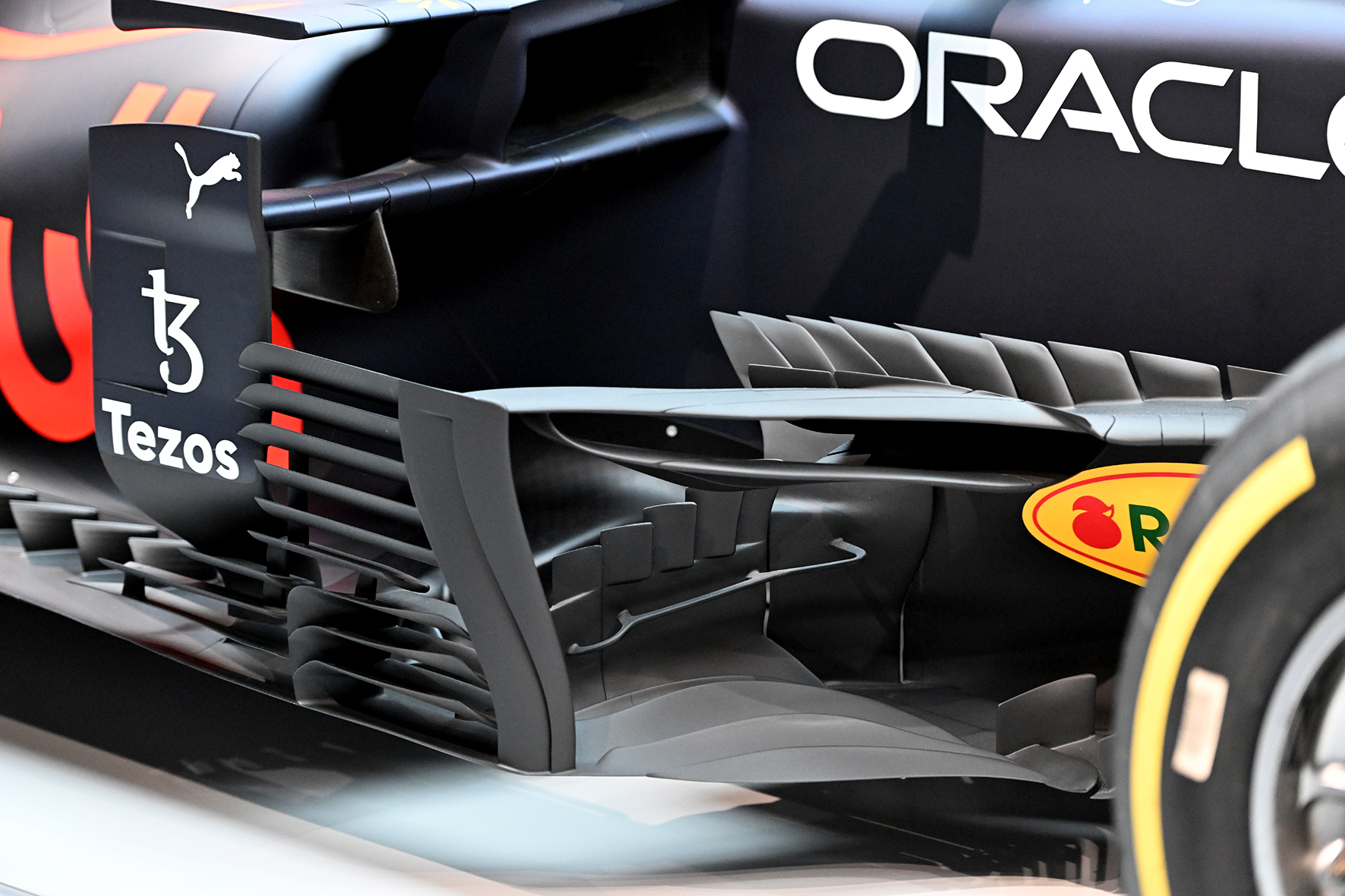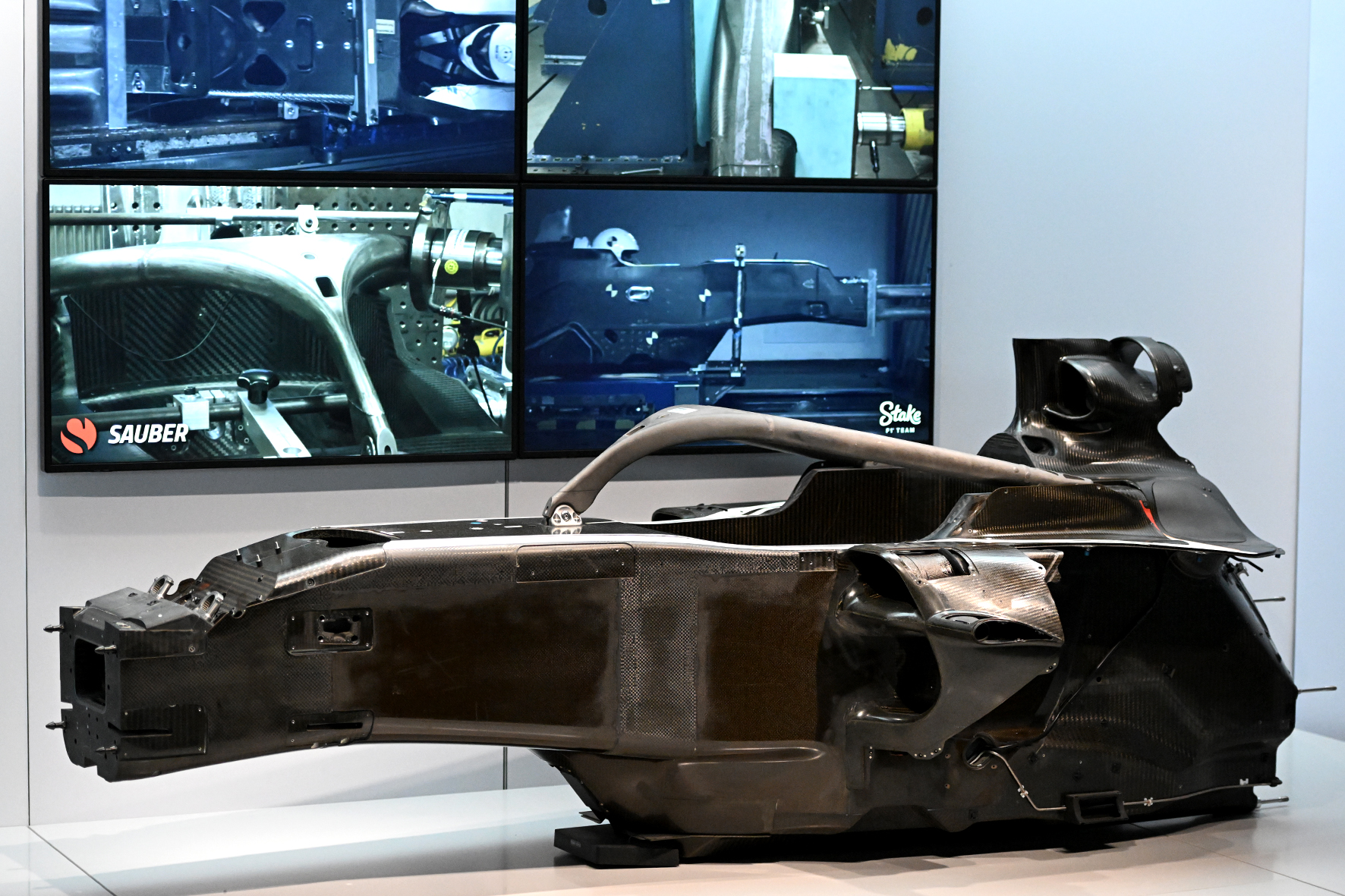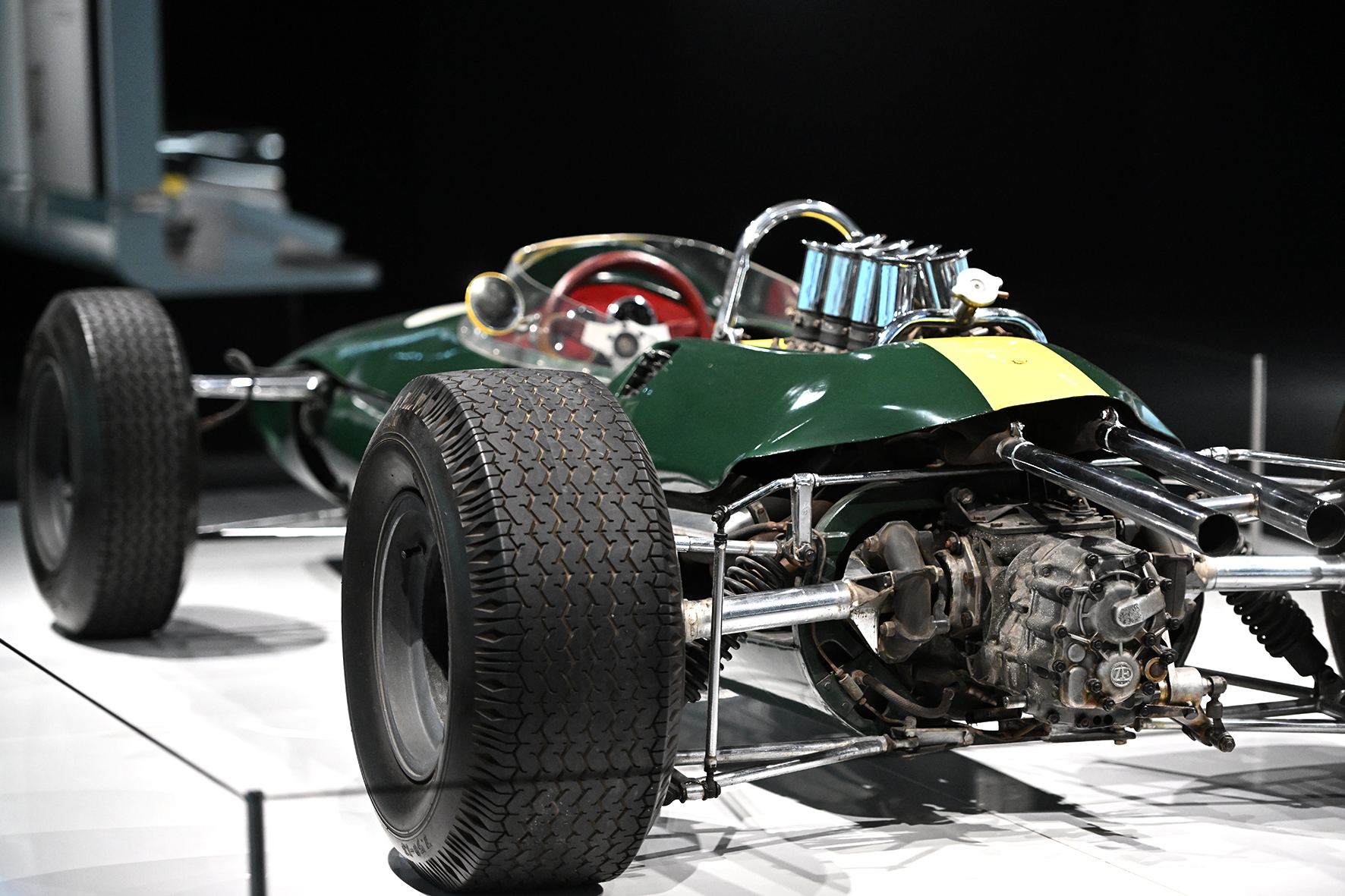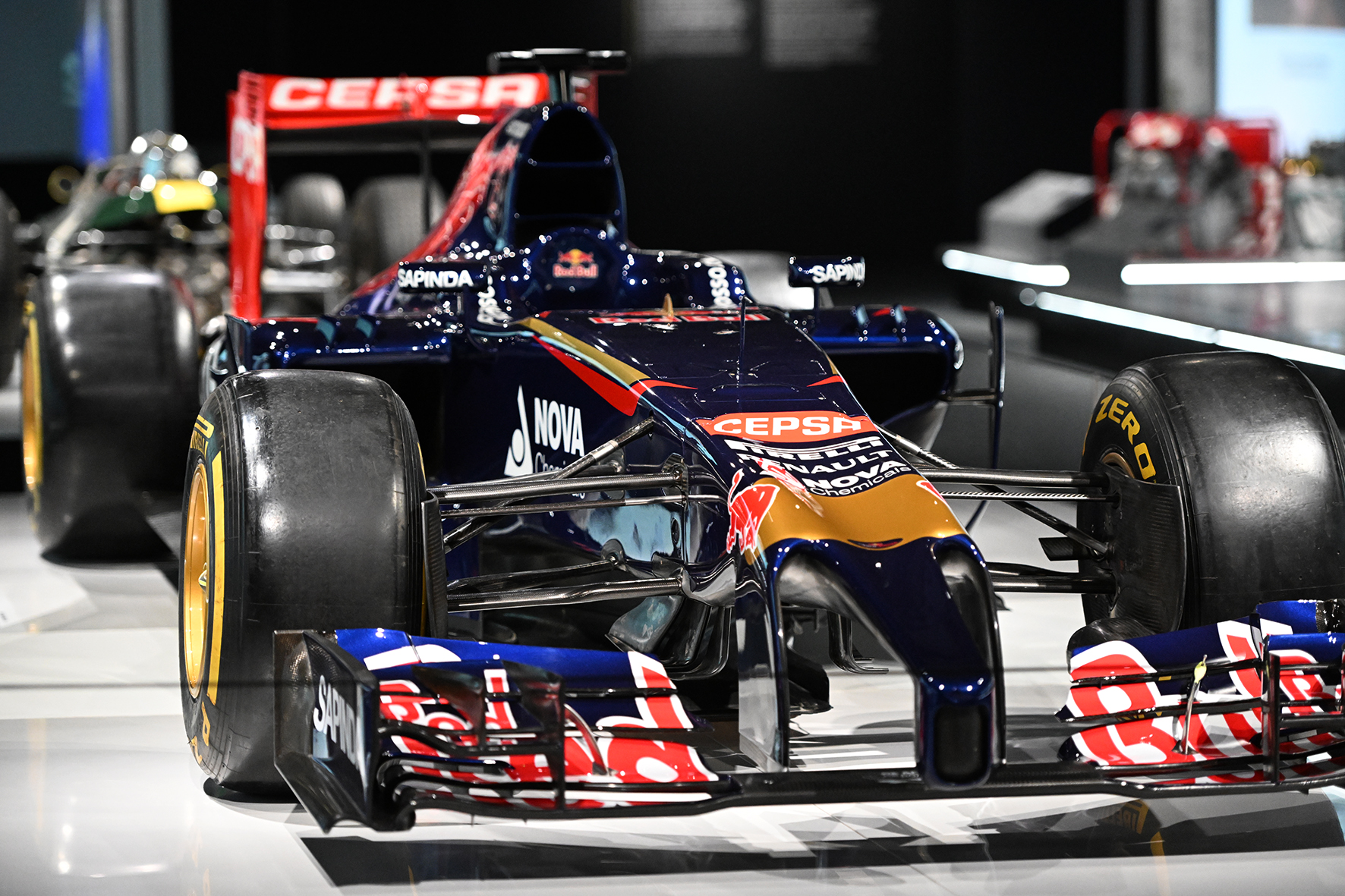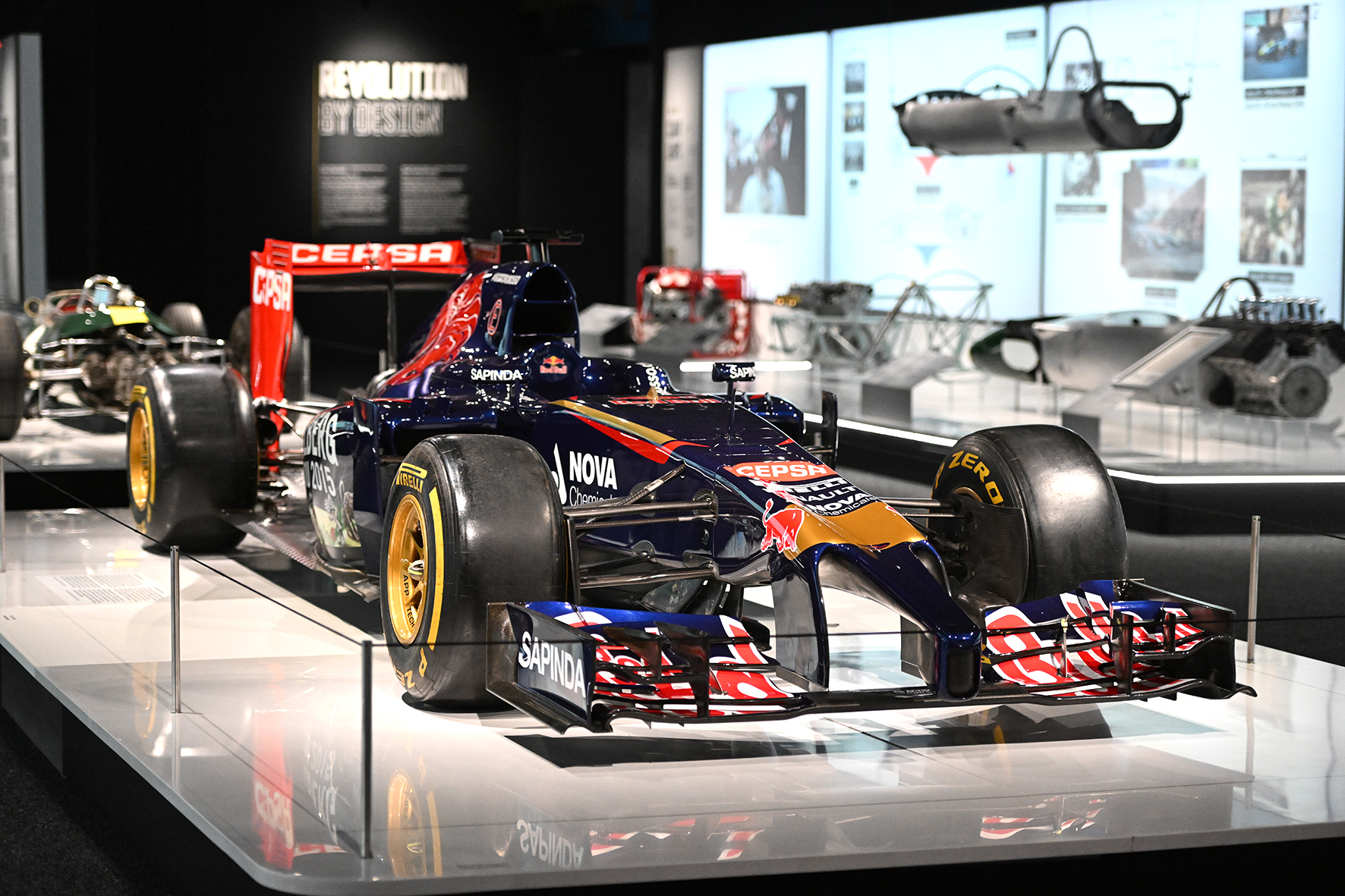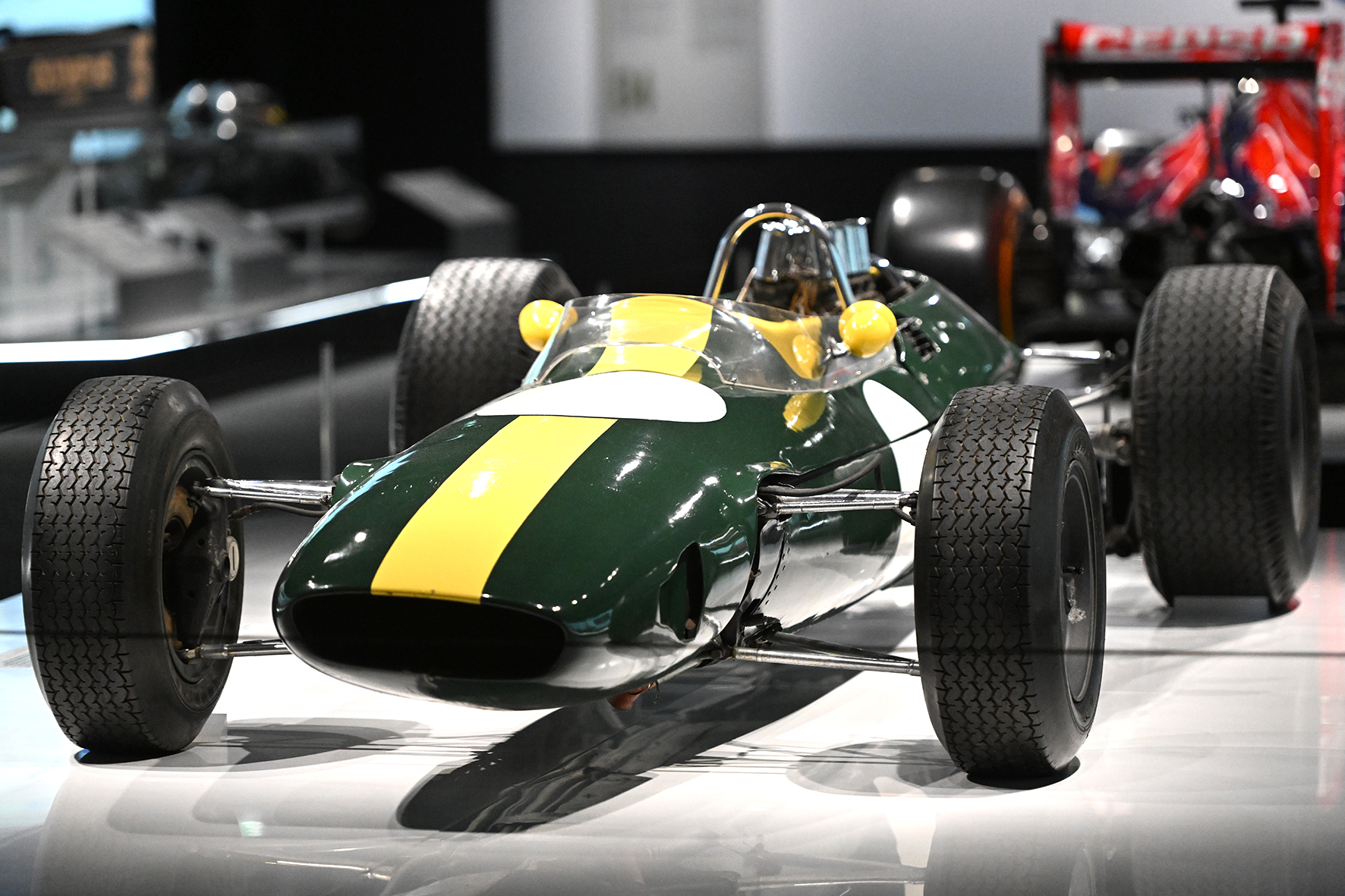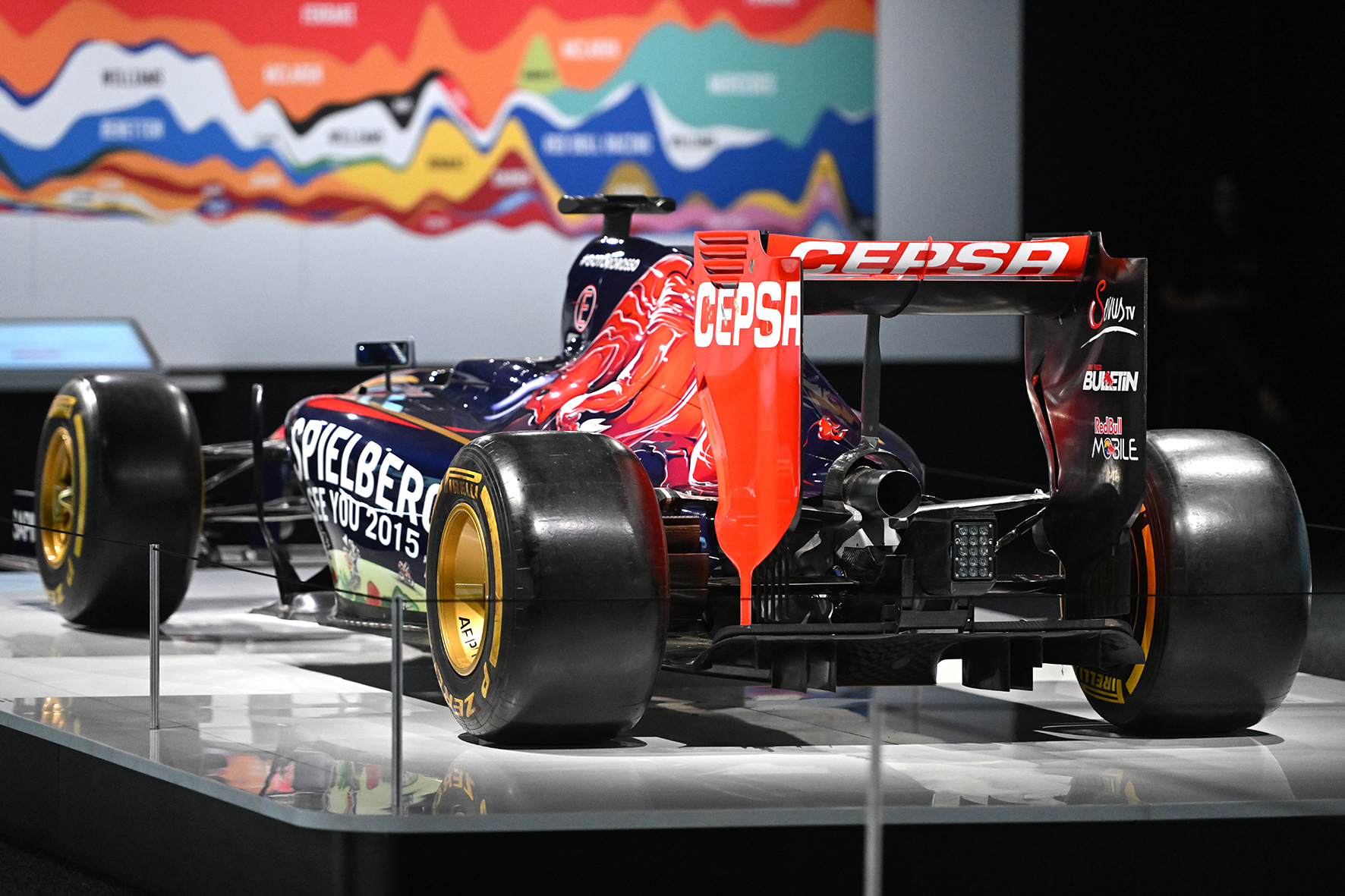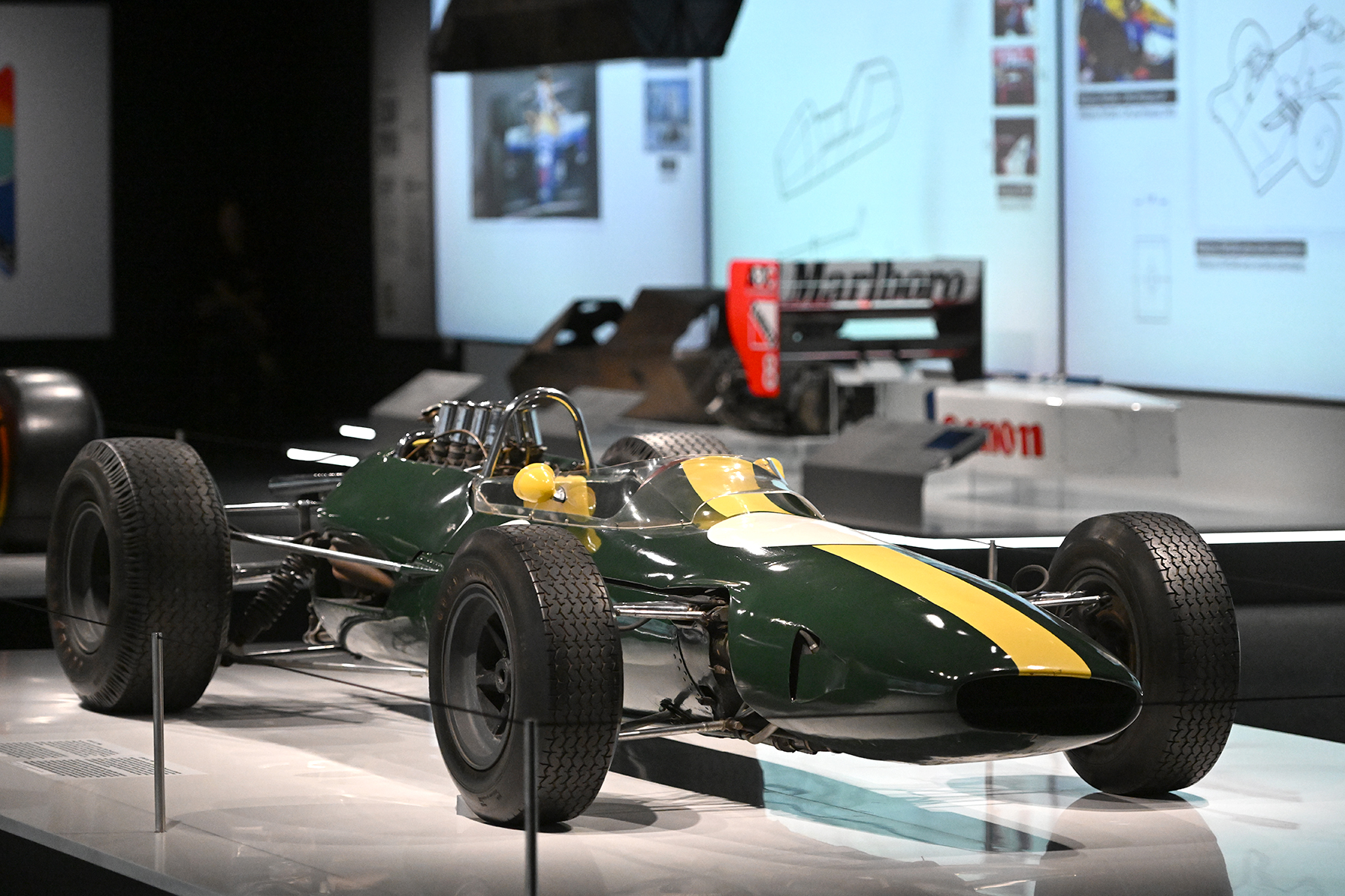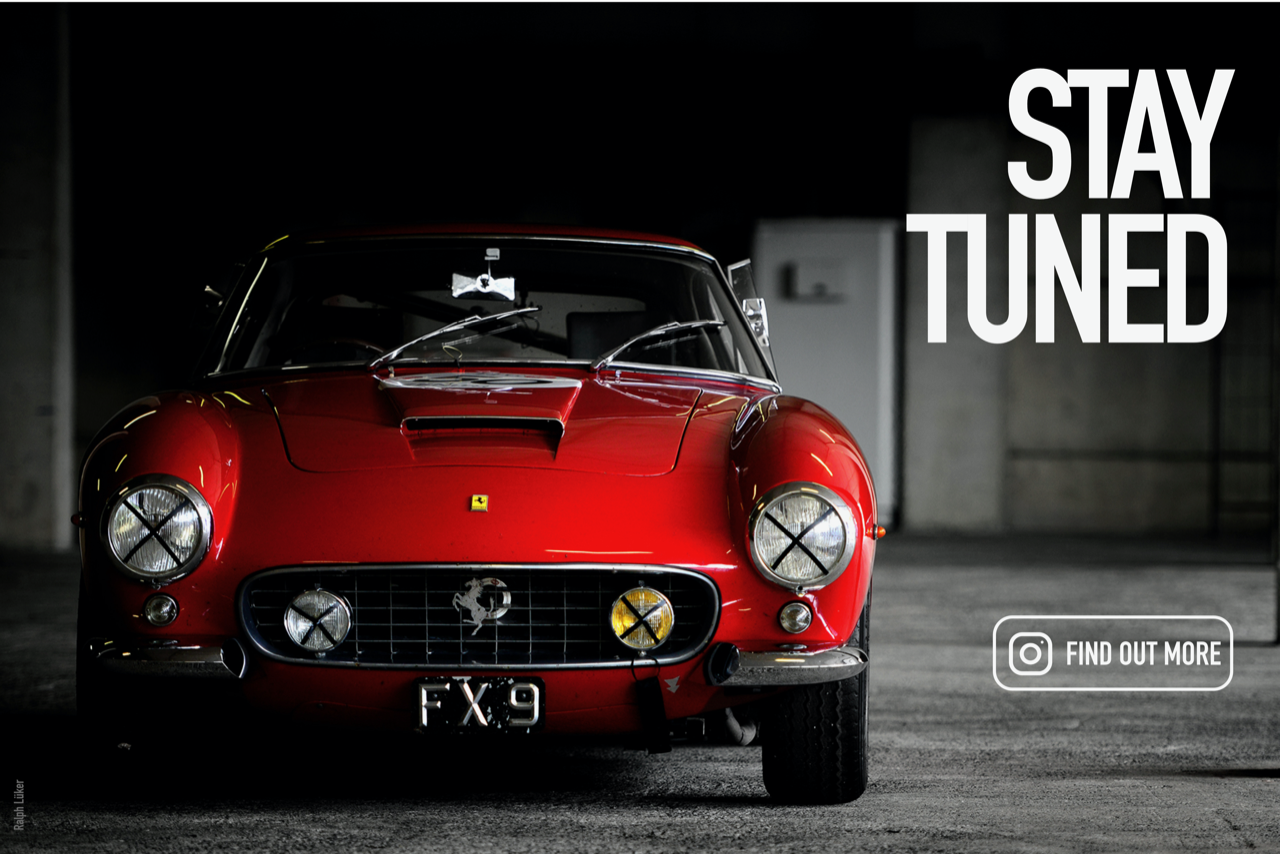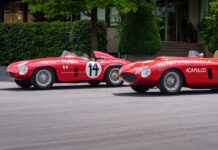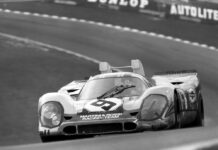It took five years of intensive preparation to put together this truly fantastic exhibition. But the effort was worth it. After stops in Buenos Aires, Toronto, London, Vienna, Madrid and now Amsterdam, this exhibition can be considered a masterpiece. The F1 Exhibition may also come to Germany in November.
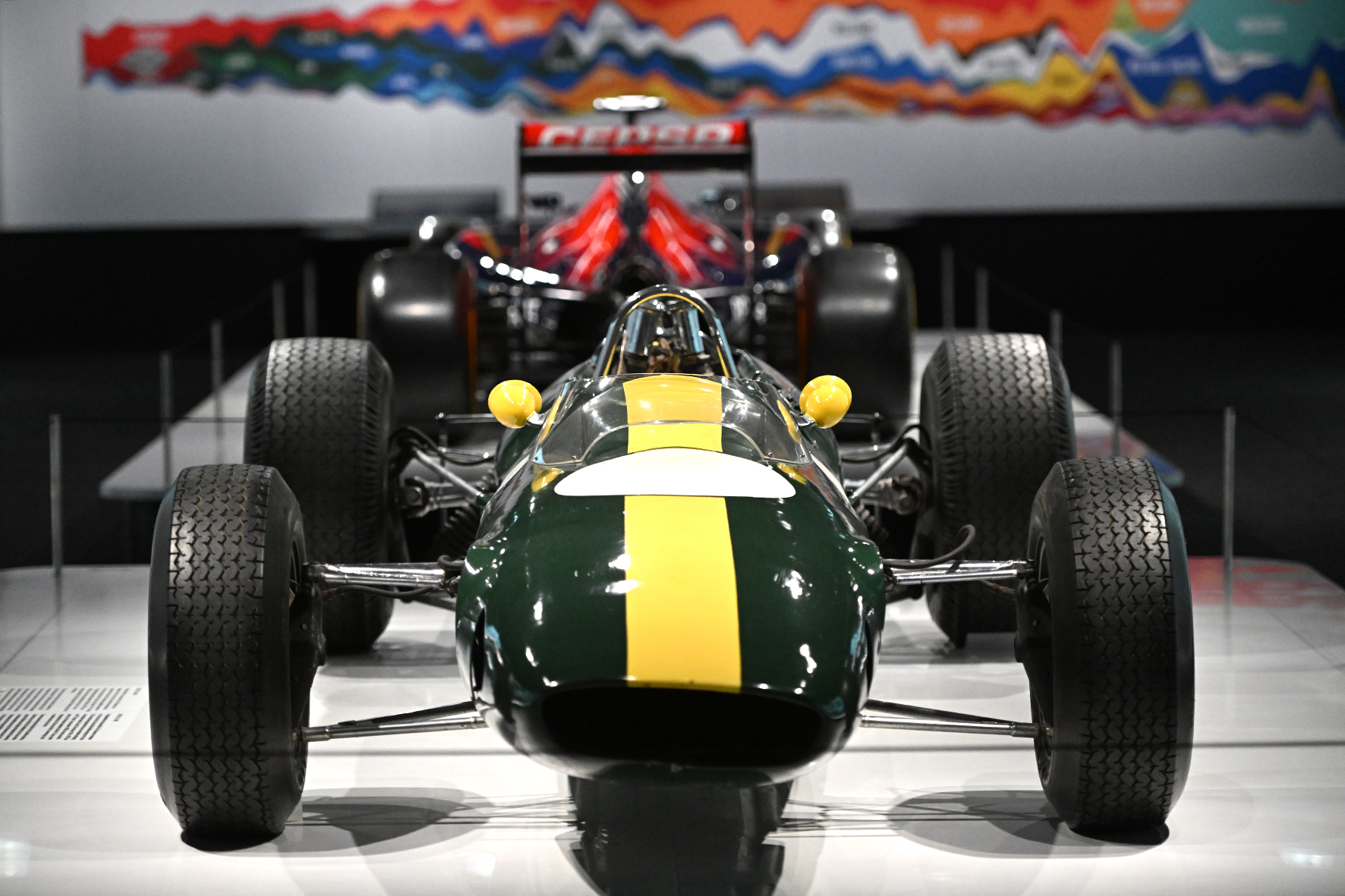
The exhibition lifts the curtain on one of the best stories motorsport has to offer – the history of Formula 1. All the secrets of F1 racing are explained in detail, making the F1 Exhibition both educational and entertaining. It is interactive, modern and colourful. Both the well-informed F1 enthusiast and the ‘normal’ fan will get their money’s worth.
The exhibition in Amsterdam was divided into several rooms, which visitors were best advised to visit one after the other in order to gain an ever deeper insight into the secrets of Formula 1. It began with three Formula 1 racing cars from different years, bearing the names of the company founders and owners: a Ferrari F1, a Sauber F1 and a Williams F1, of course, with large portraits of Enzo Ferrari, Peter Sauber and Frank Williams behind them. All three racing team owners have made history in different ways.
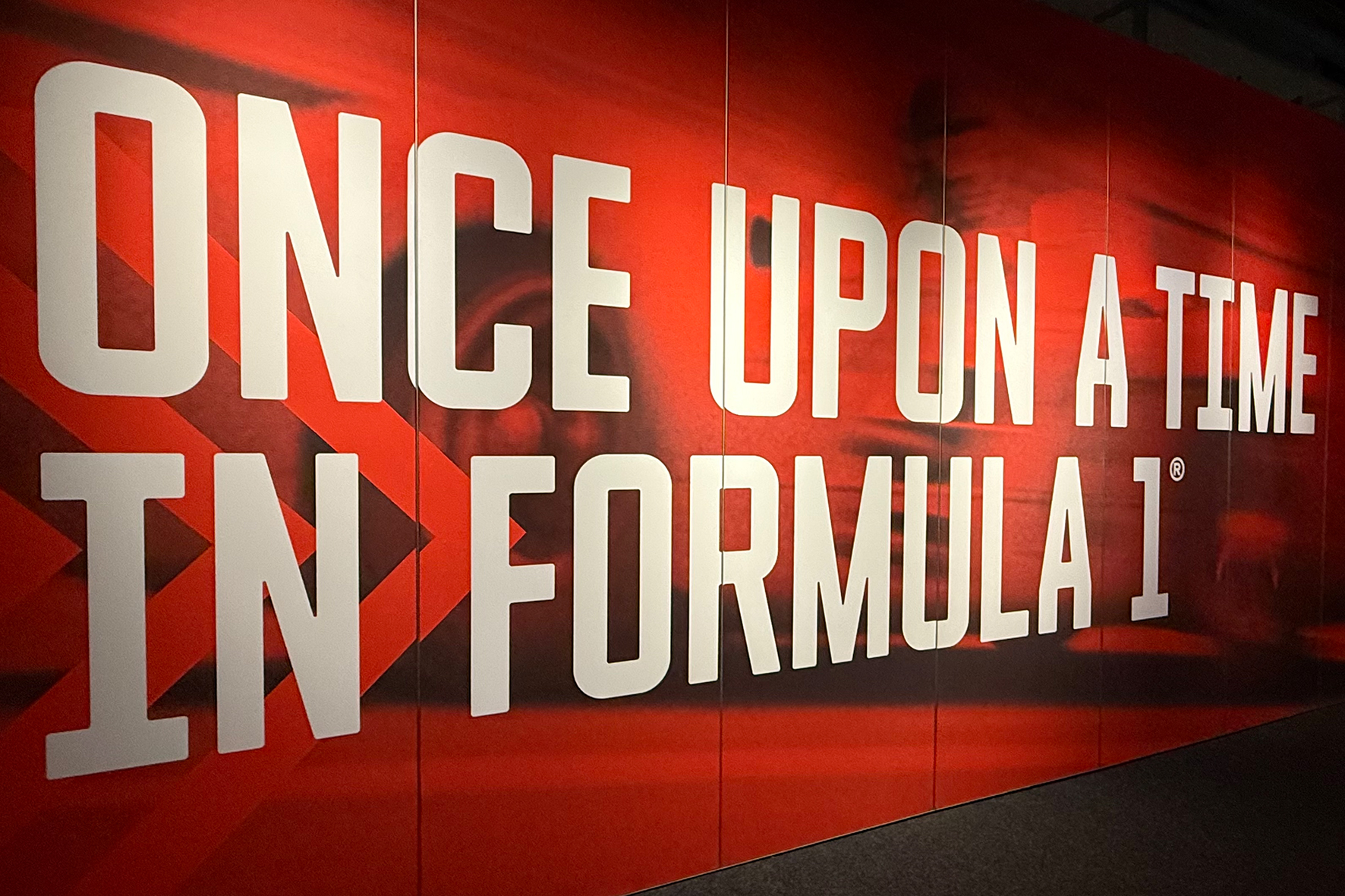
The second room illustrated the history and various eras of Grand Prix racing with texts and images. This gave visitors an initial impression of how Grand Prix motorsport has developed over the decades since its inception. From the early endurance races on public roads to the commercialisation of the sport in the 1980s by Bernie Ecclestone, right up to the present day, when Formula 1 has taken on massive global significance.
In the next room, visitors were treated to a veritable feast of information. In the centre of this oval room, a kind of starting grid had been set up. Driver figures ‘sat’ there in typical poses, dressed in overalls and helmets from many decades. At the front were Lando Norris and Charles Leclerc, followed by Mika Häkkinen, Michael Schumacher, Emerson Fittipaldi, Mario Andretti, Stirling Moss and various other stars of their time.
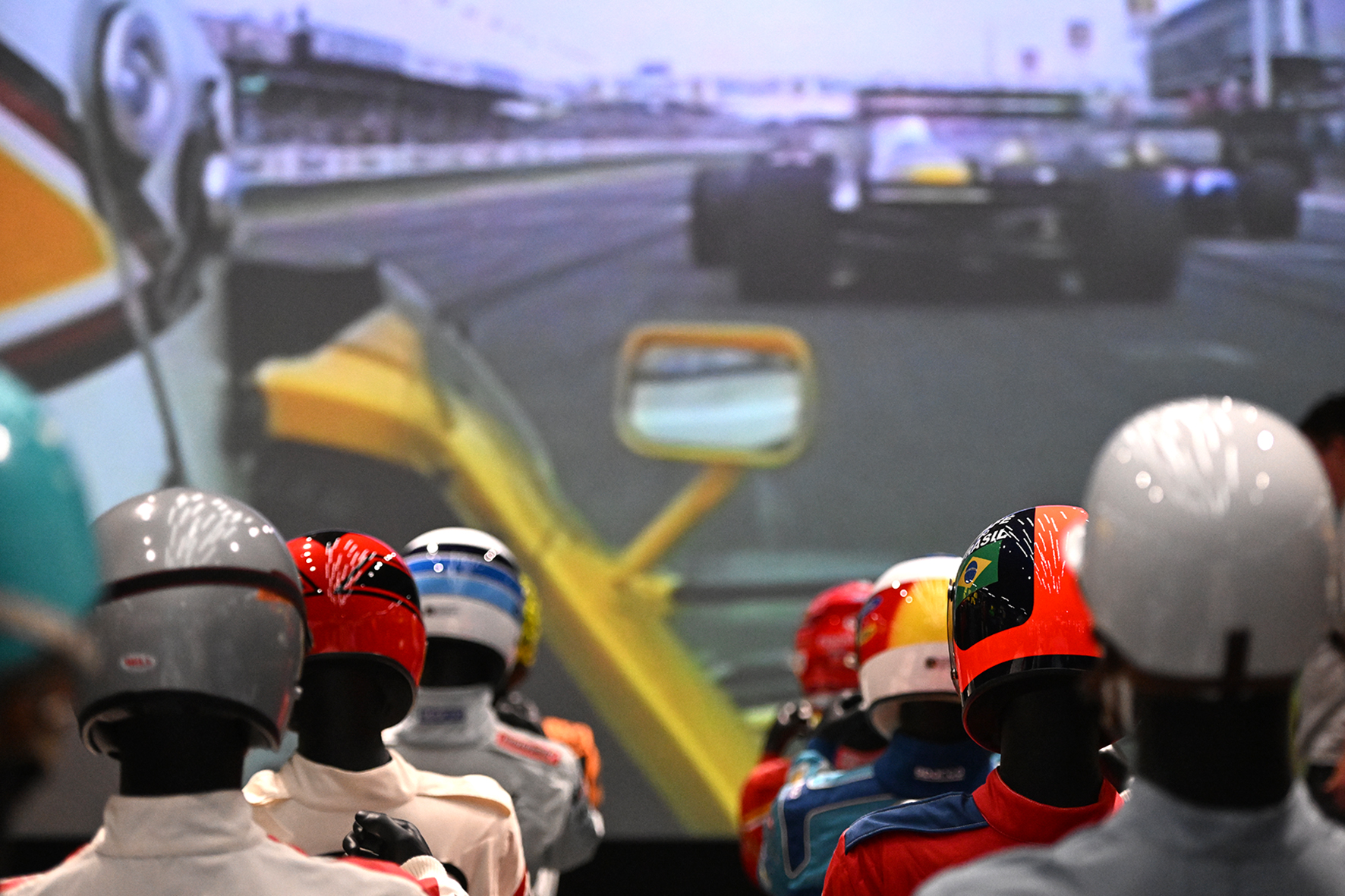
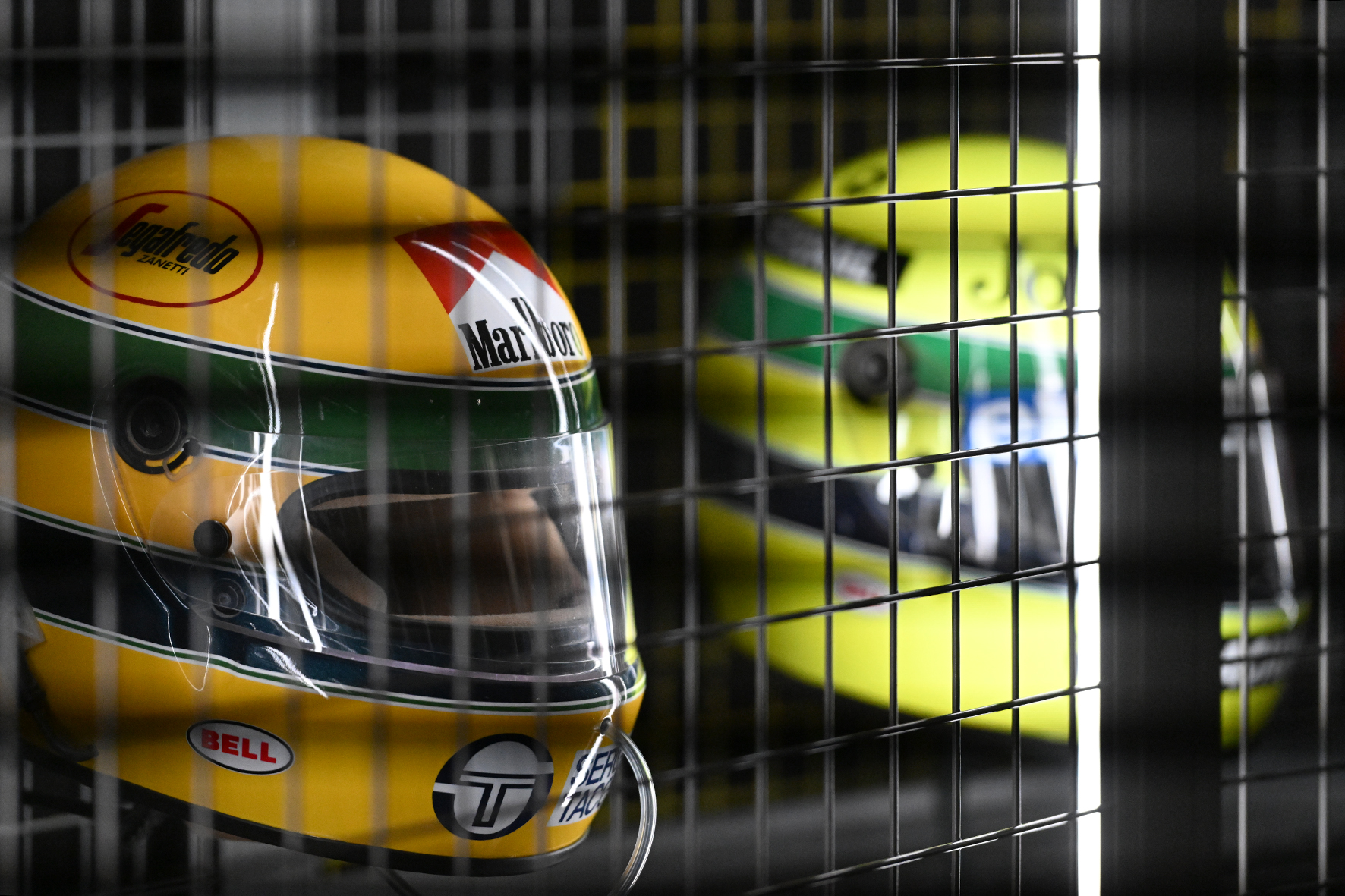
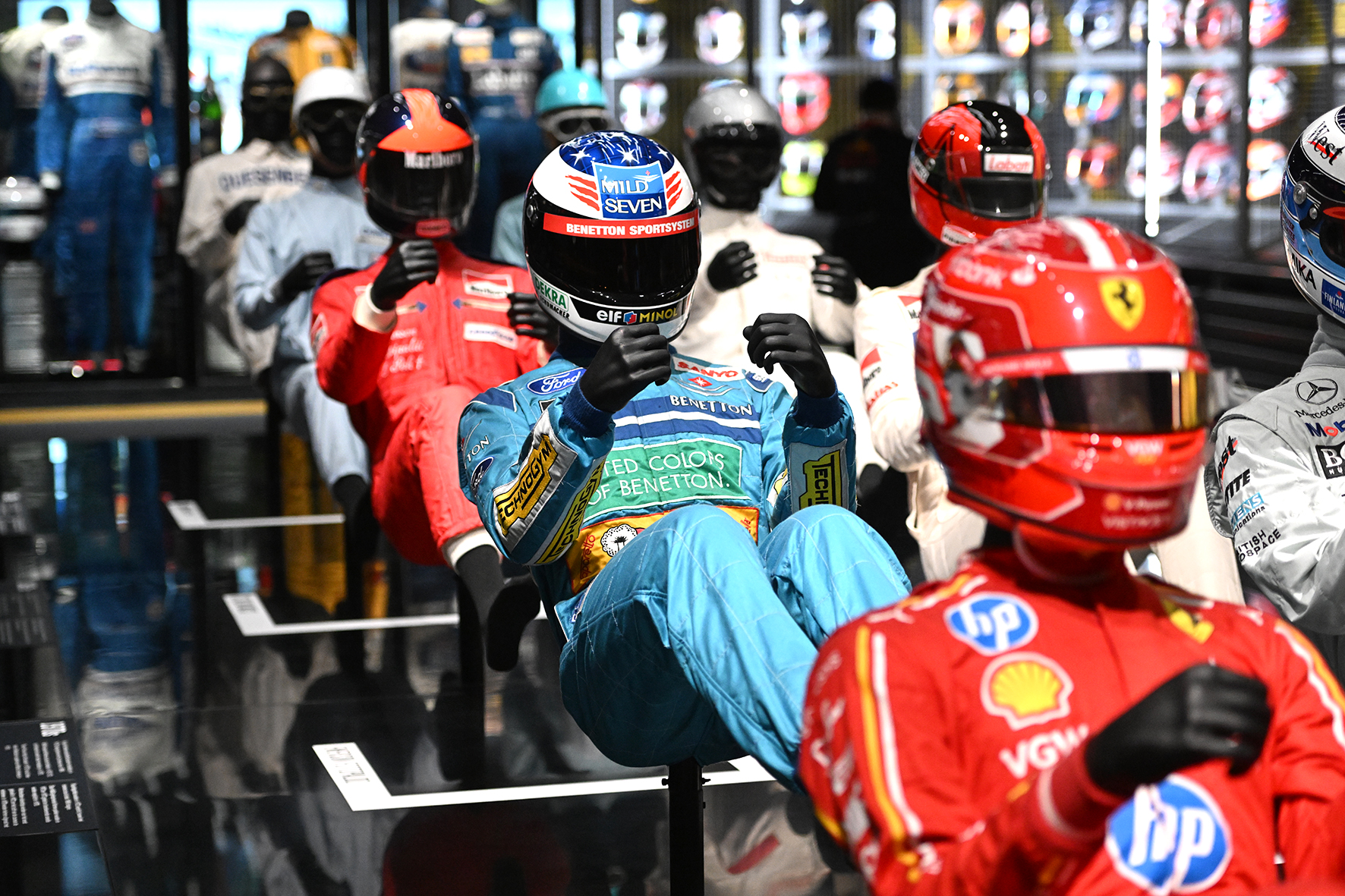
Viewed from behind, a huge video screen showed Formula 1 on-board footage. A truly brilliant idea.
All around, the various aspects of Formula 1 racing were visualised using videos, text panels and exhibits. Tyre strategies, G-forces, ideal lines, the perfect lap, rivalries and duels. Everything was brought to life in a fantastic way. There was also an opportunity to test your own reaction speed. How long does it take you to press the red button when the lights go out? I tried it and would have lost the race right at the start.
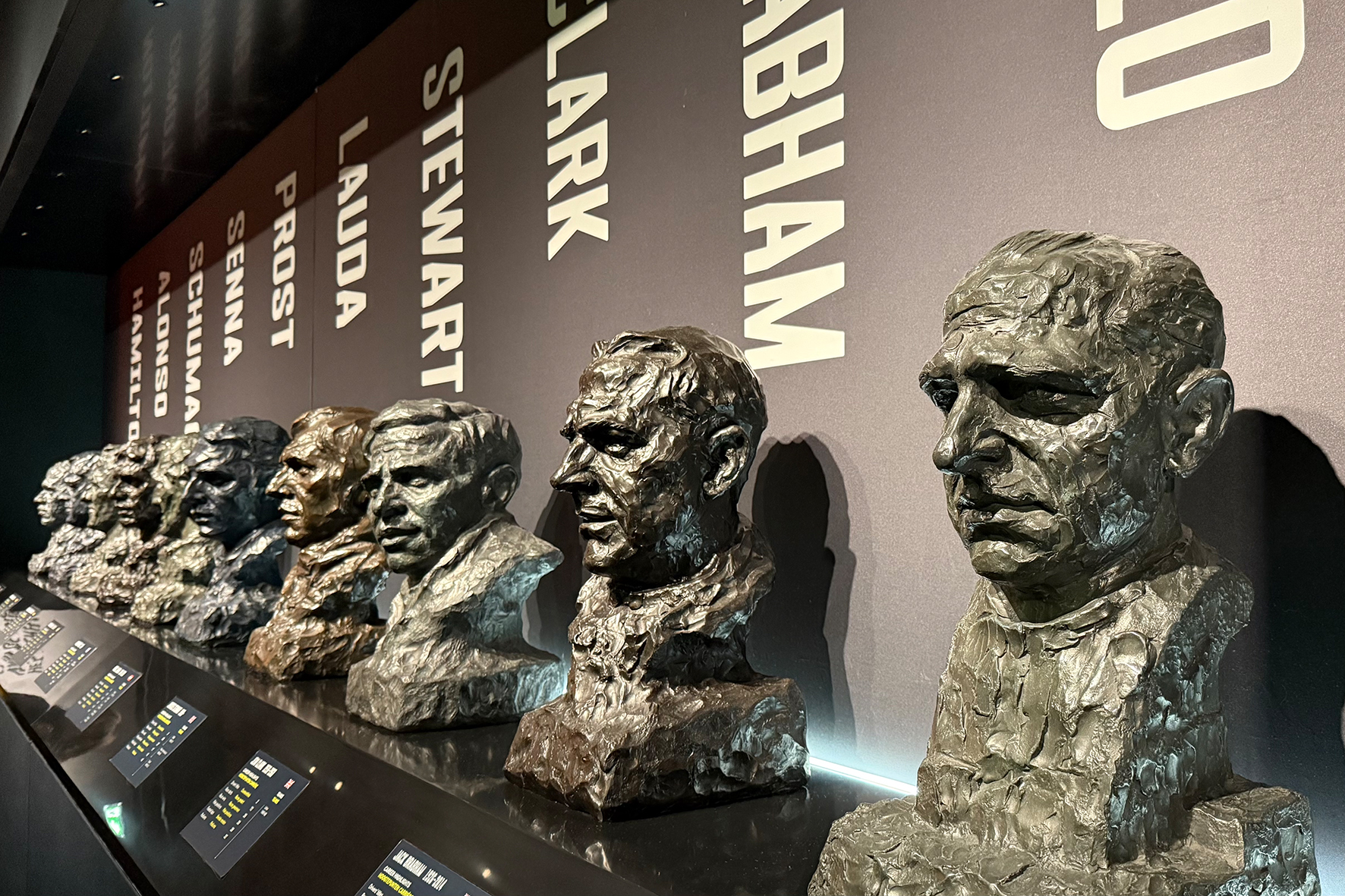
We continued on to the Formula One Laboratory. This consisted of two rooms and showed the technical development of the racing cars, the engines, the aerodynamics and much more. The first room on Formula 1 technology basically focused on the present day. It began with a survival cell, the so-called core of every Formula 1 racing car, built entirely from carbon fibre. This survival cell takes on crucial significance later in the exhibition. But more on that later. What I liked best in this room was an interactive video that perfectly explained all the technical aspects of a modern F1 racing car, with texts, graphics and drawings. The section on the complicated aerodynamics of today’s ground effect cars was particularly breathtaking. Unfortunately, and this is really my only criticism, there was no current Formula 1 car from this ground effect era on display, which, as we all know, is coming to an end after this season.
Individual components of a Formula 1 racing car were presented in various display cases. There were various wheel suspensions, gearboxes, tyres and much more to see. Incredibly interesting exhibits were presented in this room, especially parts that even Formula 1 experts would never normally get to see in this form.
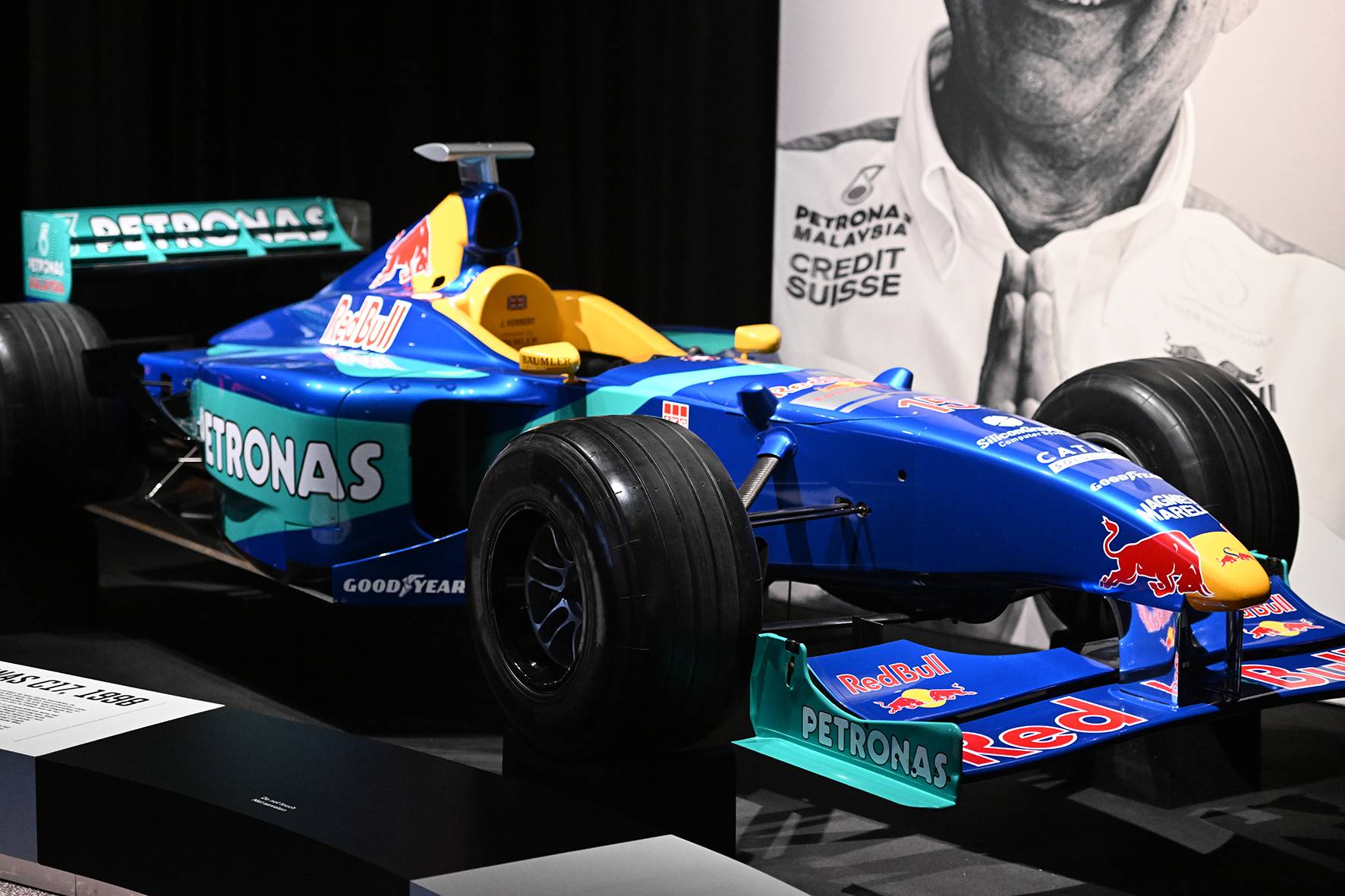
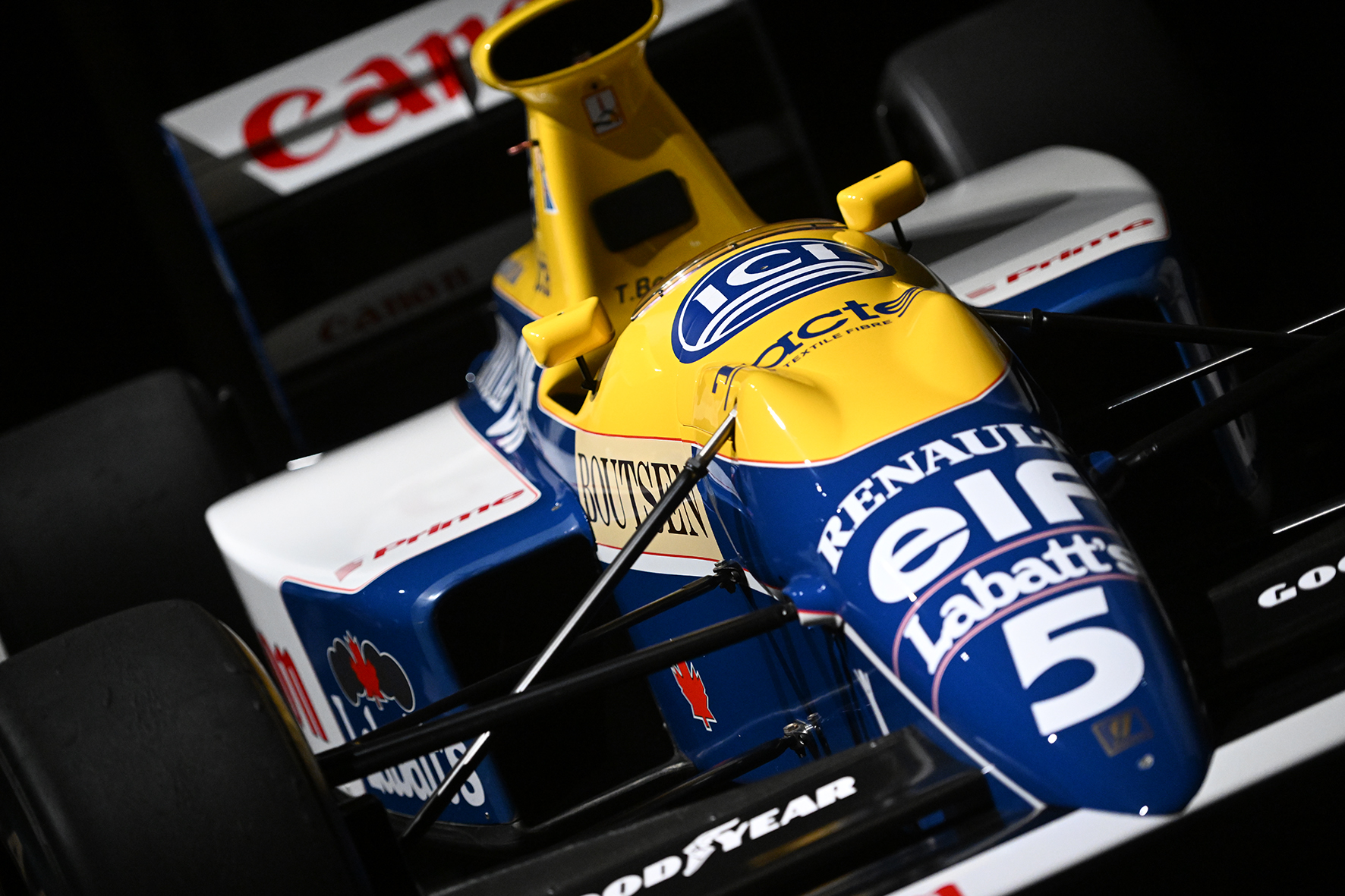
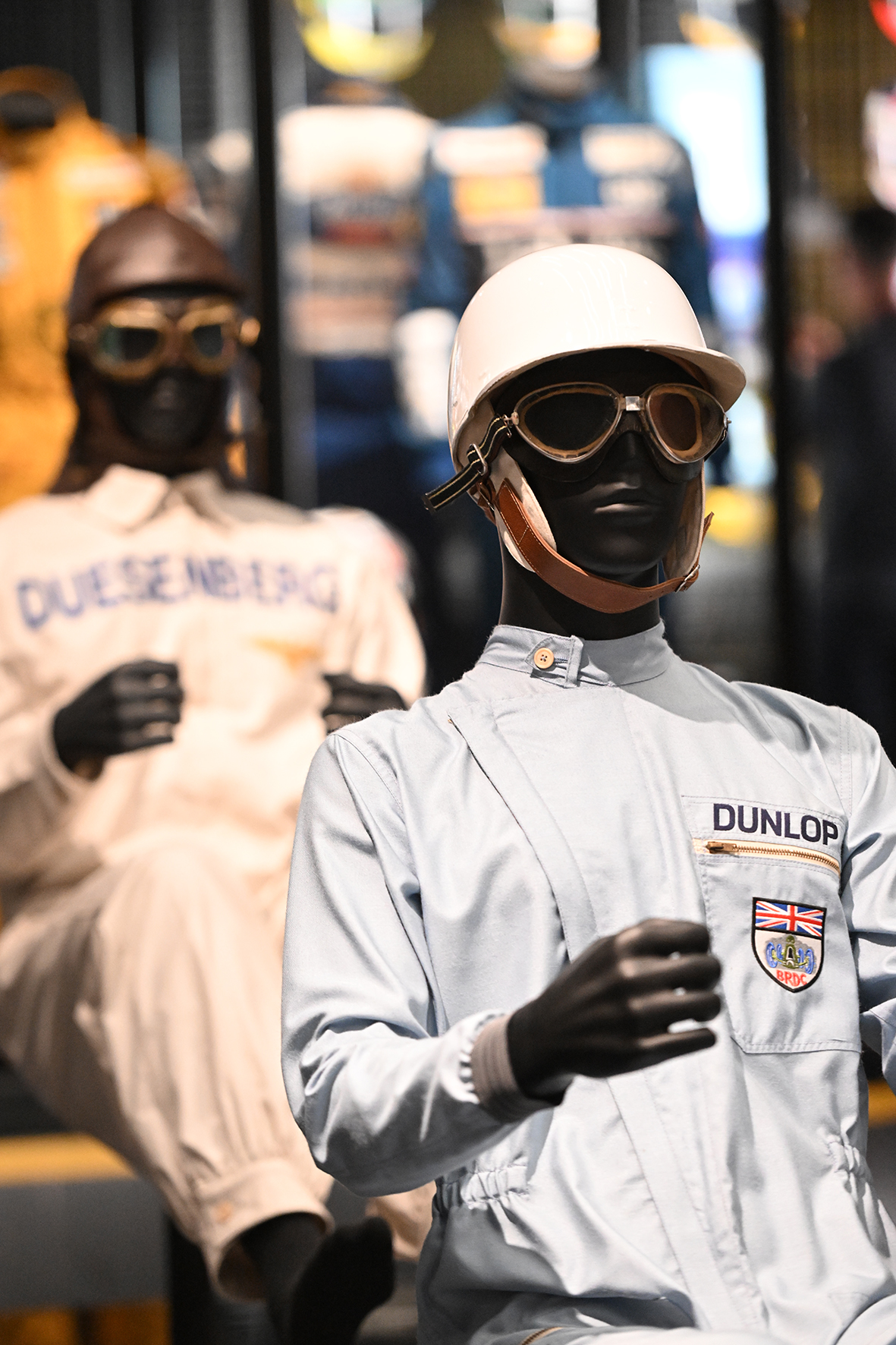
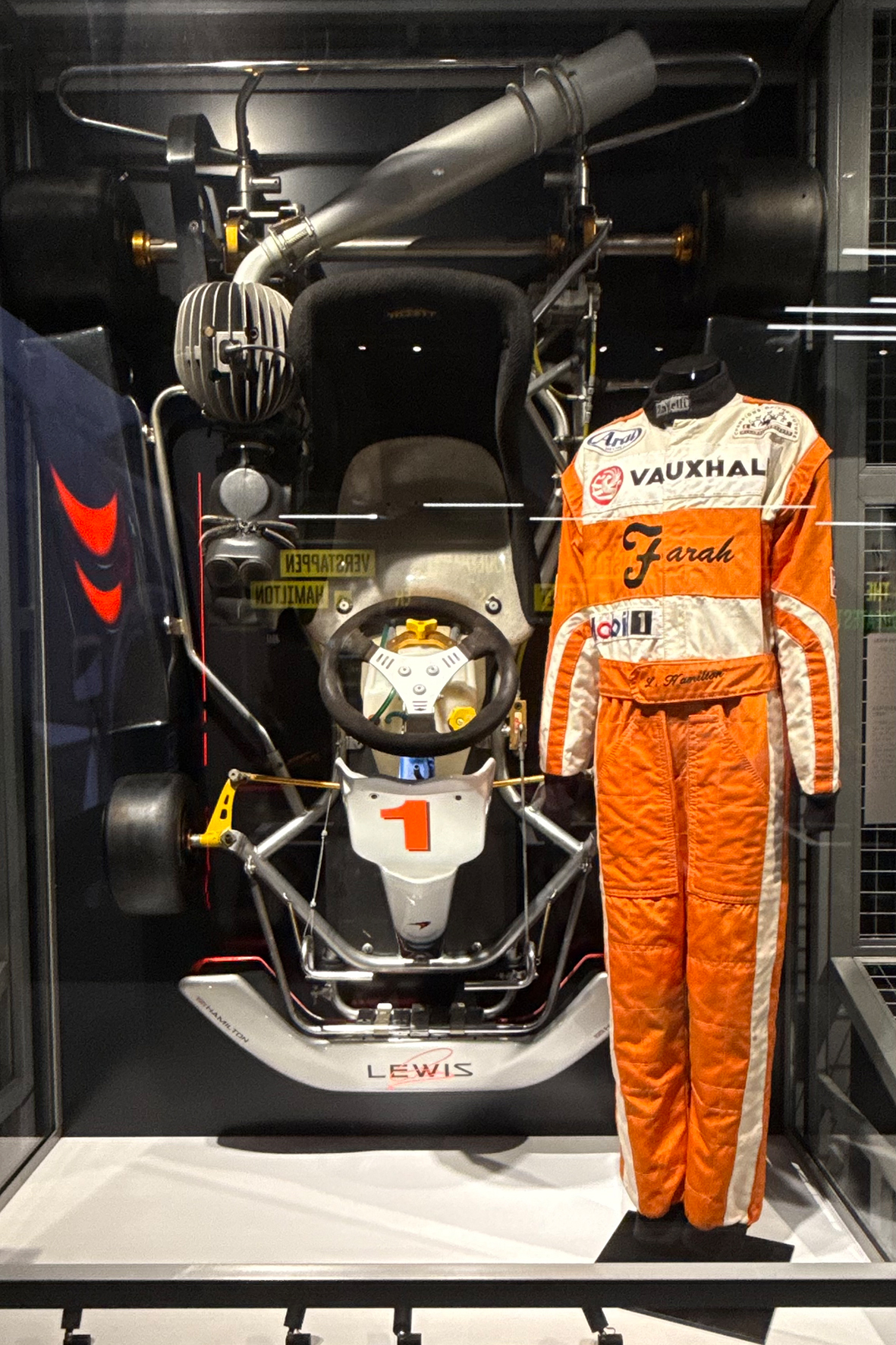
The second room of the Formula One Lab was dedicated to the most groundbreaking and spectacular developments and ideas in Formula 1 history. These have had a lasting influence on the design and performance of racing cars.
It began with the development away from the tubular frame design towards the aluminium monocoque. This was in the mid-1960s and went hand in hand with the development of the Ford Cosworth DFV 3-litre 8-cylinder engine, which was to establish itself as the most successful engine of all time.
When, at the end of the 1960s, more and more engineers, some of whom came from aircraft construction, began to focus on aerodynamics, the era of front and rear wings began. To this day, Formula 1 racing cars cannot do without them. The increasingly important issue of air resistance and ground traction also brought the first generation of ground effect racing cars onto the market at the end of the 1970s. Here too, as with the development of the monocoque, Colin Chapman was the first to perfect this type of airflow under the racing car. In general, the history of Formula 1 is characterised by great design ideas, but also by blatant missteps, which were then usually banned by the highest motorsport authorities such as the CSI or later the FIA. Most of these were safety-related issues that reduced some ideas to absurdity.
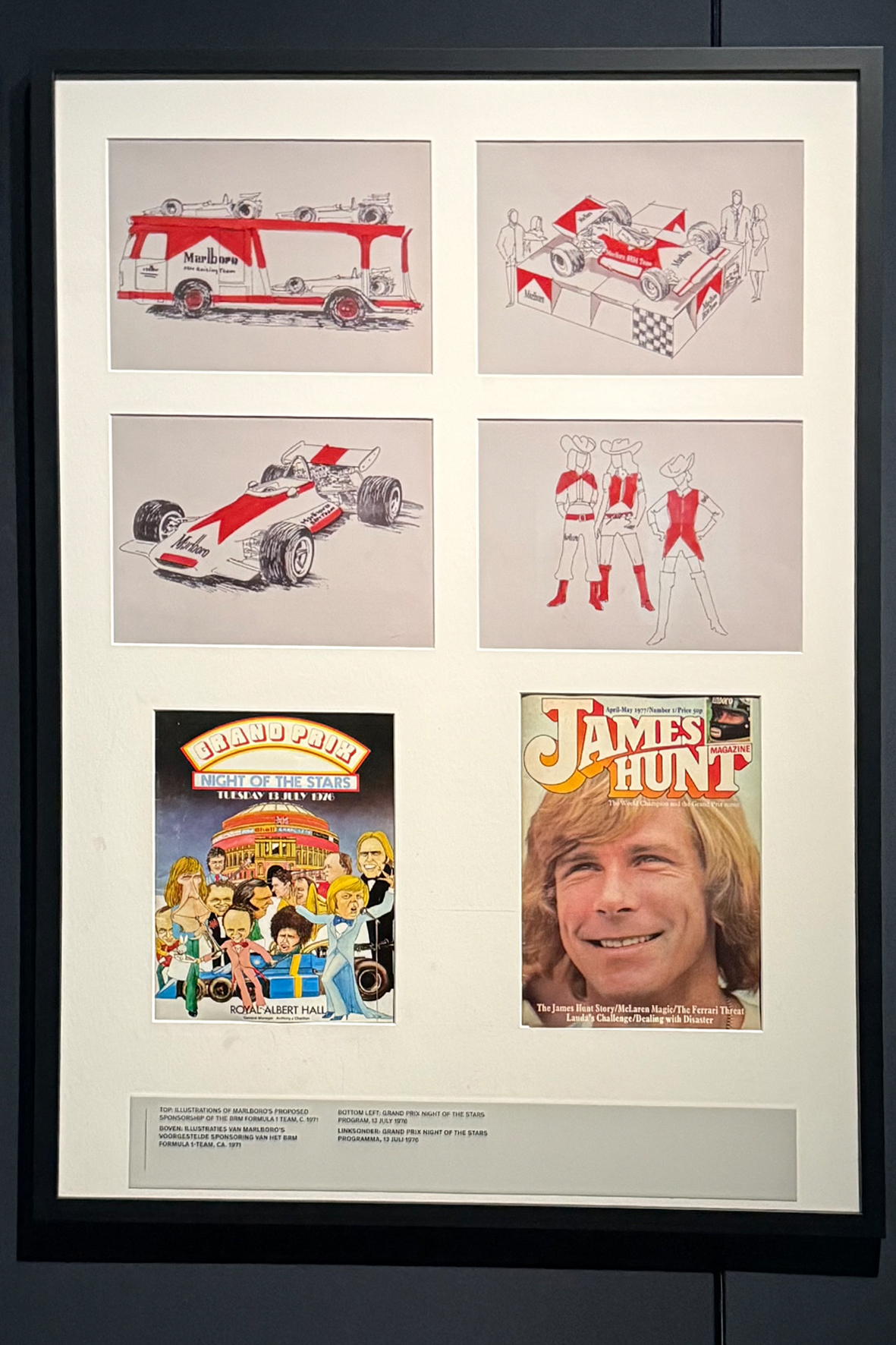
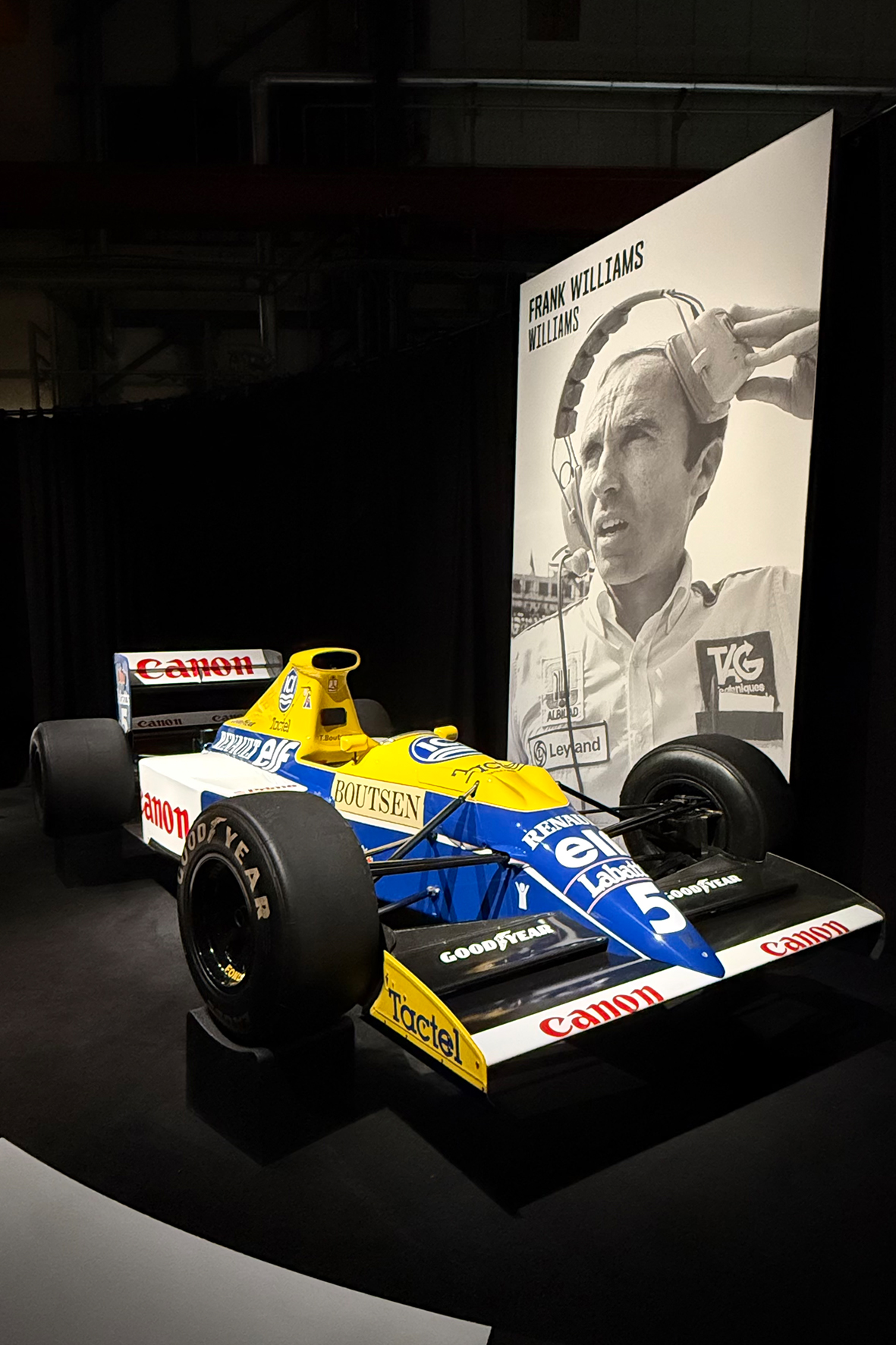
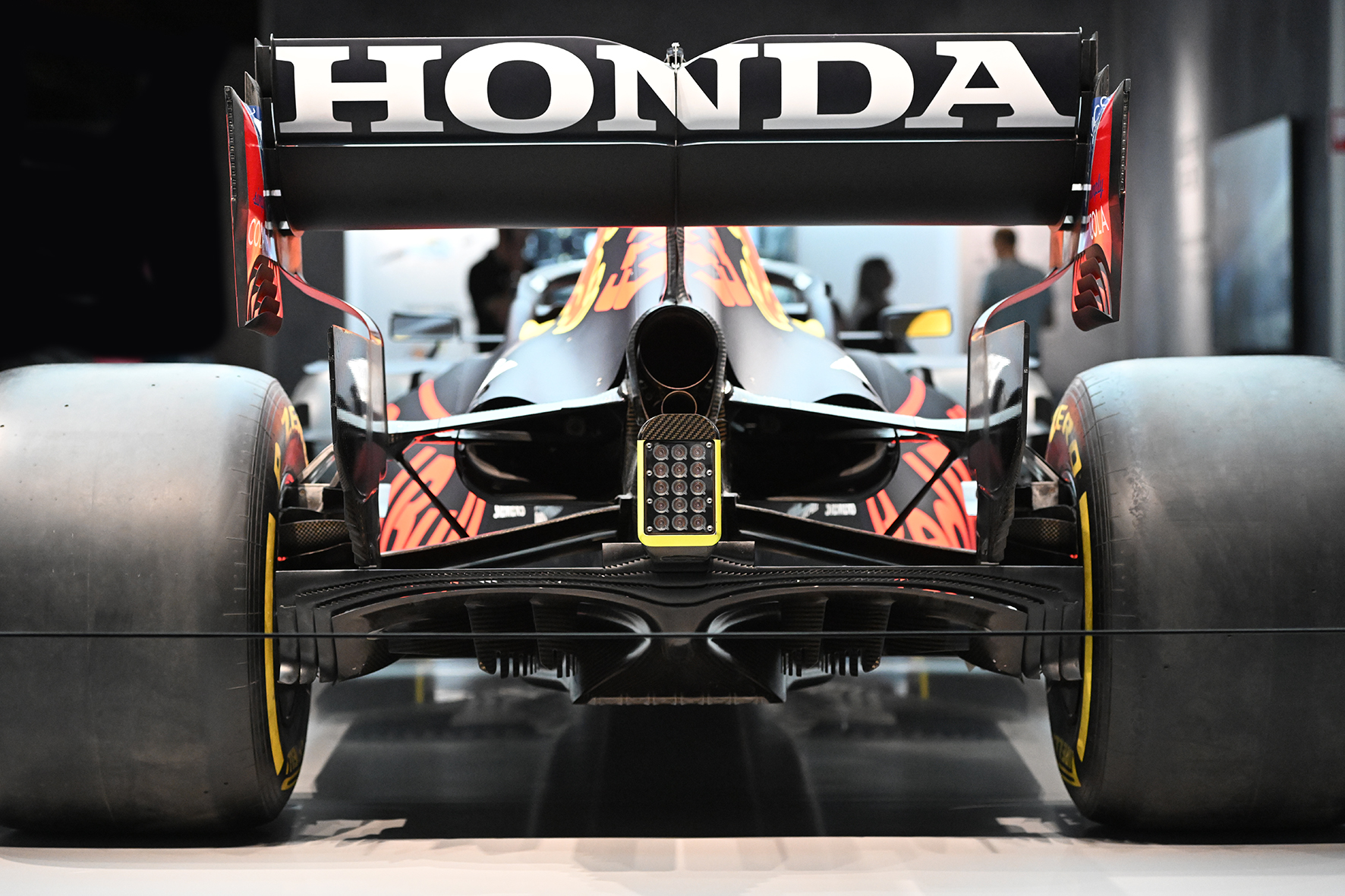
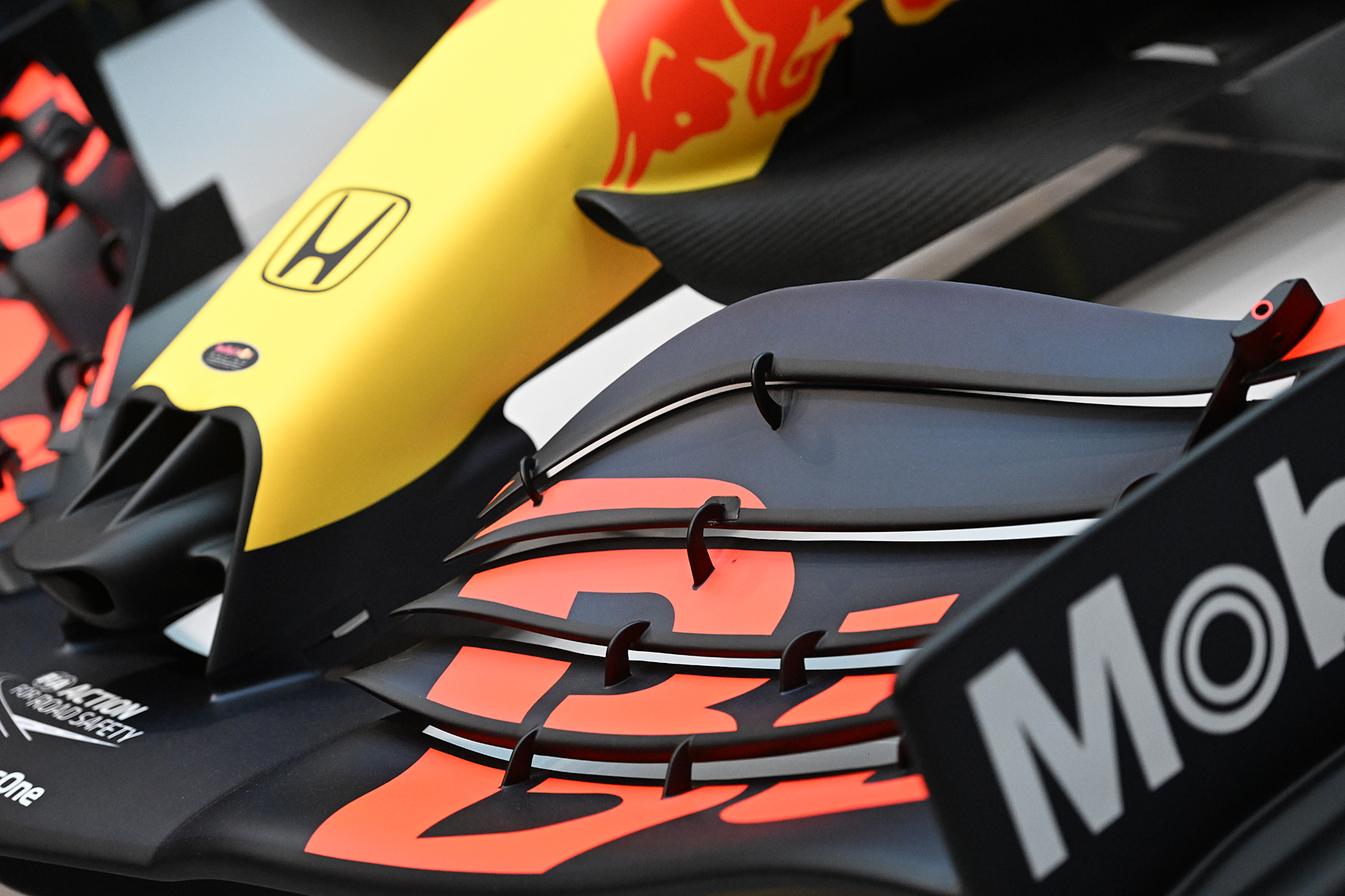
One development that represented a decisive step forward in pilot safety was the use of carbon fibre composites in racing car construction. First introduced by John Barnard in the early 1980s at the McLaren Formula 1 racing team, it is now the standard, and many racing drivers owe their lives to this development, not least Romain Grosjean, who survived a horrific accident involving fire in 2021 in the ‘survival cell’ described above, with a lot of luck, but also aided by the passive safety features of modern Formula 1 cars. His totally burned „survival cell“ is the darkest part of the exhibition and when I look at it, I can’t imagine how there was a way out of it, but thank god he made his way back to life.
After the second room of the F1 Lab, you enter a kind of cinema where a multimedia film with extremely fast cuts and diverse images from 75 years of Formula 1 World Championship racing is shown – fast, loud, colourful – the quintessence of Formula 1. It has always been this way and will probably remain so. Formula One – The Exhibition shows all these colourful and diverse aspects. It entertains its visitors to the fullest and when you leave the exhibition you are definitely a Formula 1 fan, but you probably already were before, the only difference is that now you know almost all the secrets of your great love.
You can find out about future exhibition venues on the F1 – the exhibition website. Unfortunately, it is almost over in Amsterdam, but maybe it will come to Germany.
